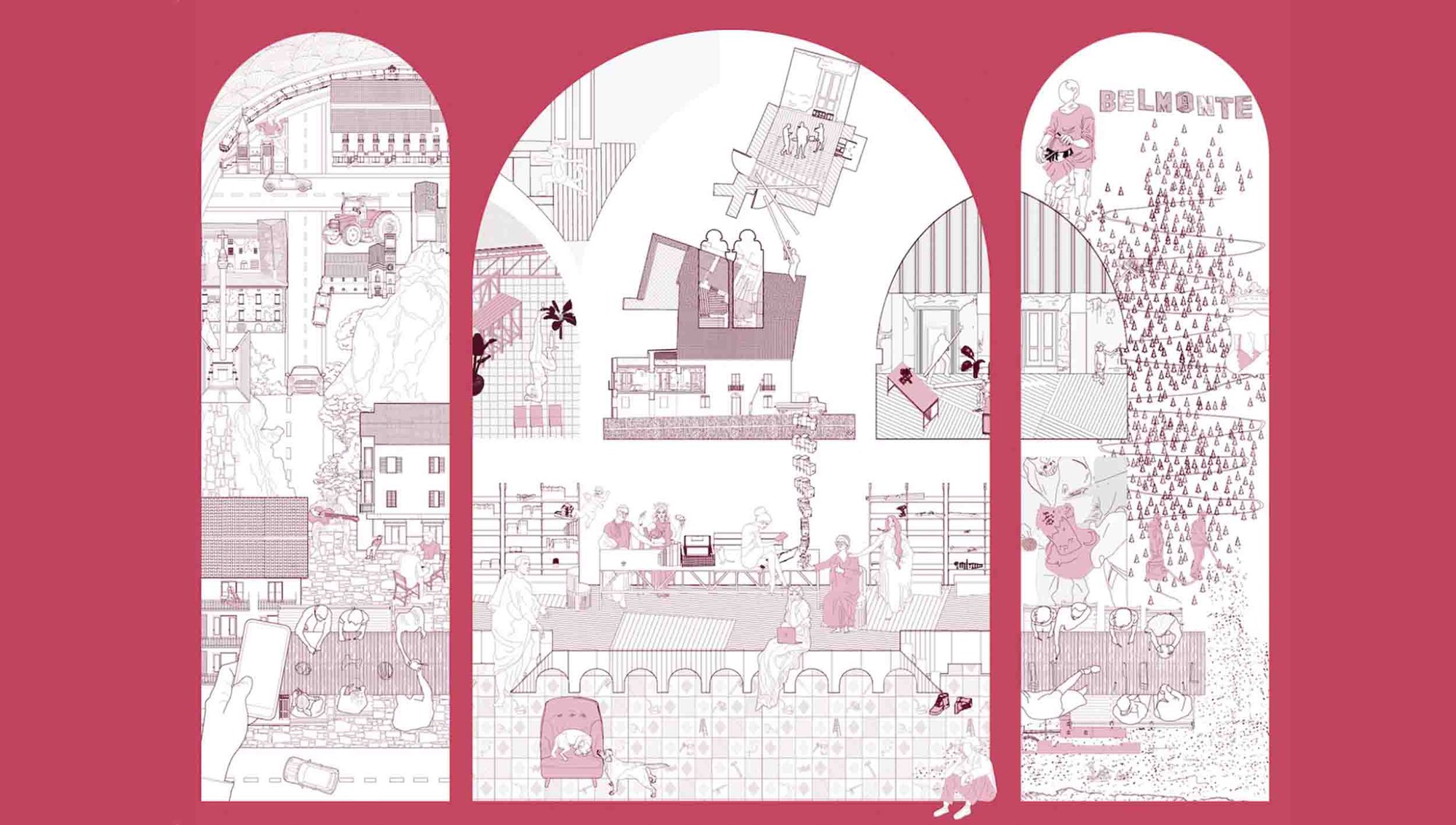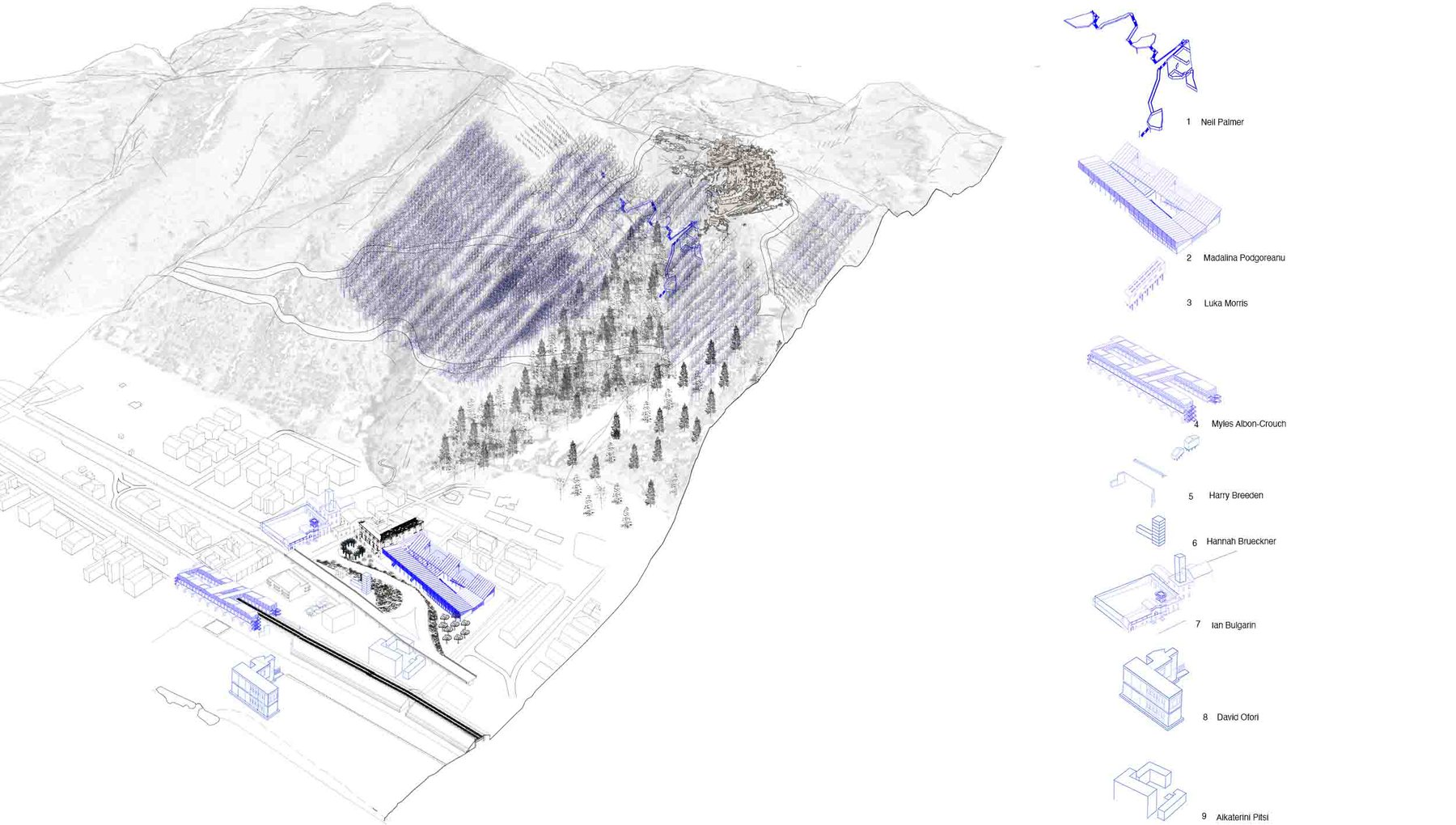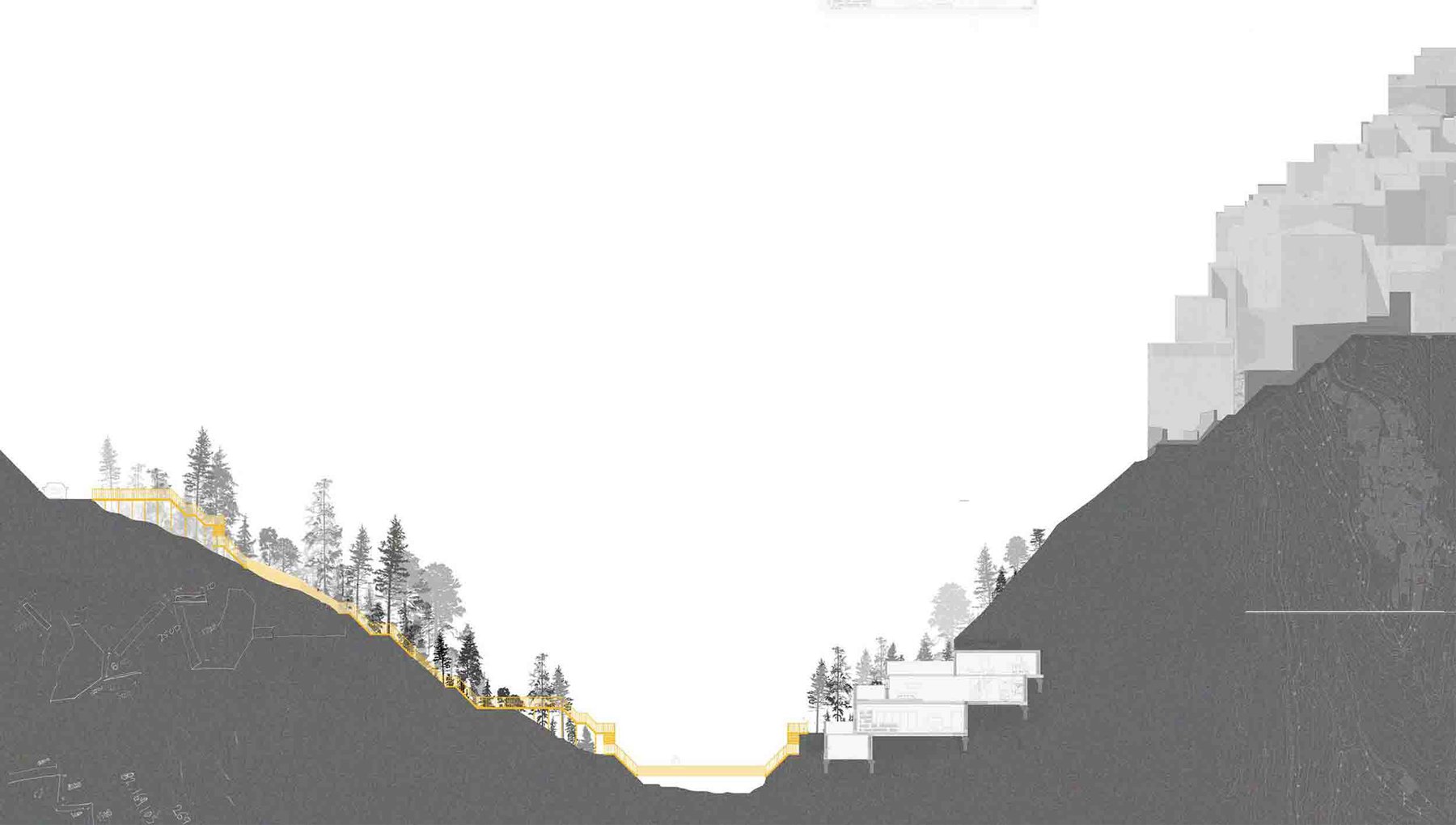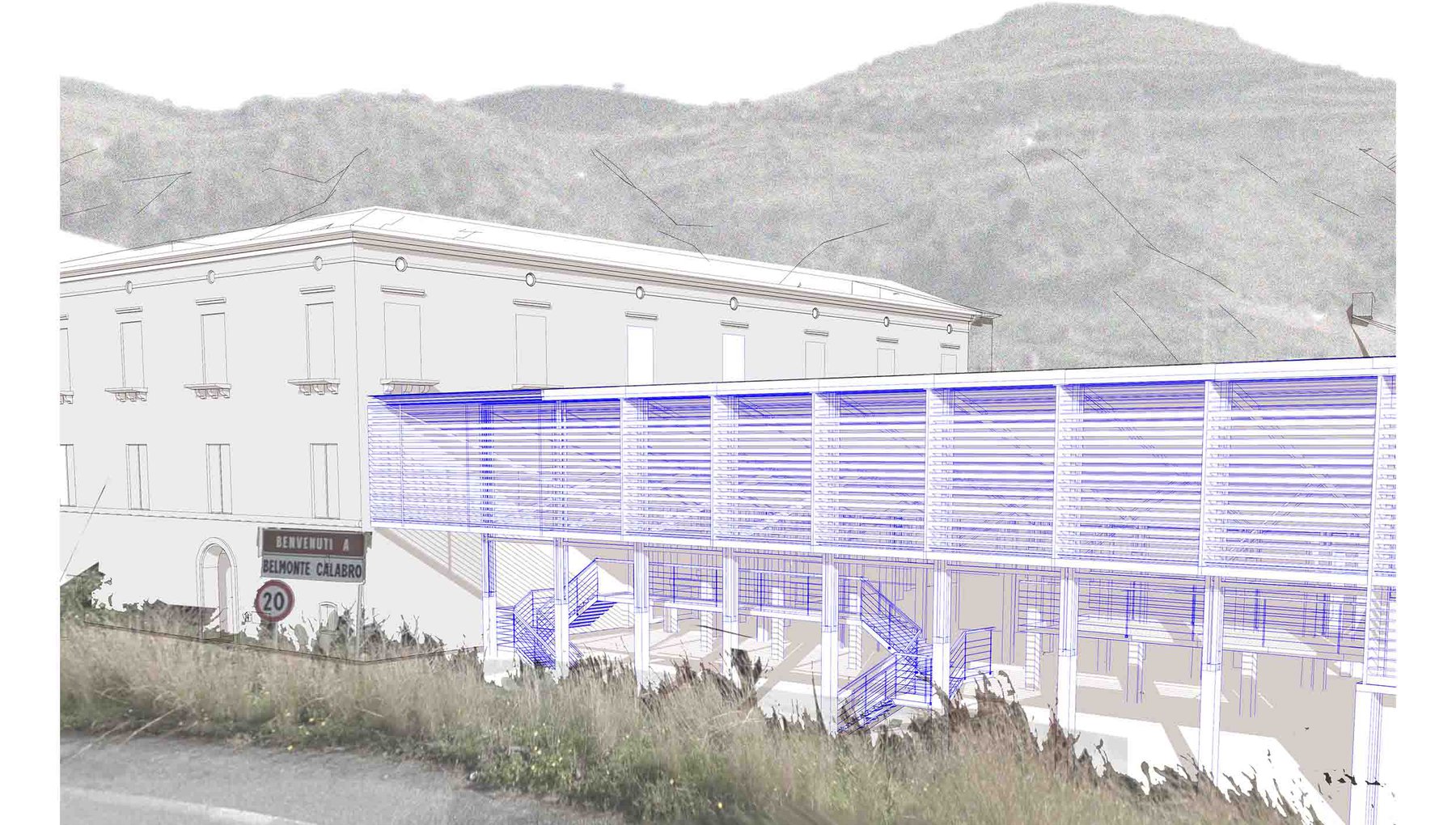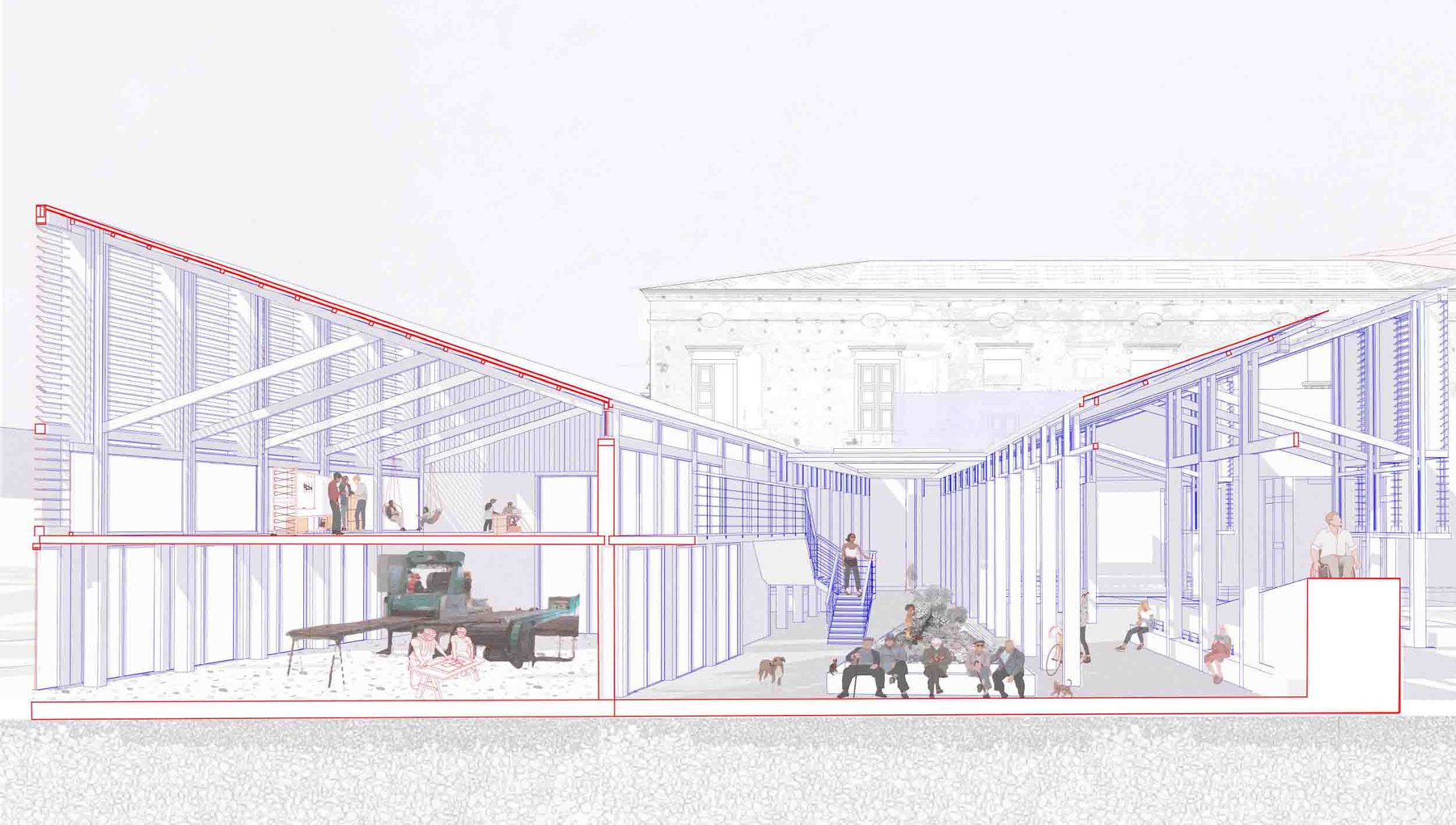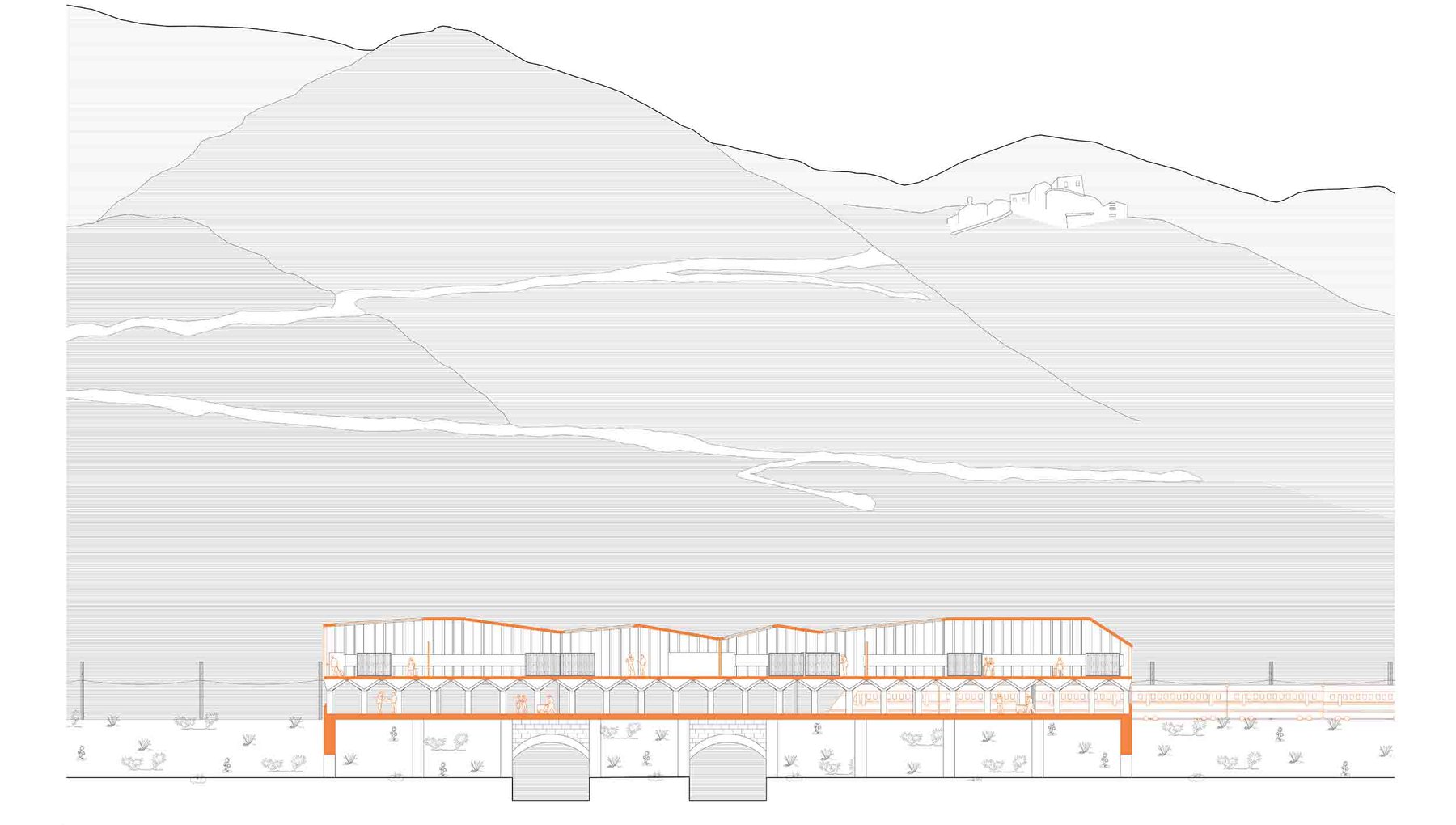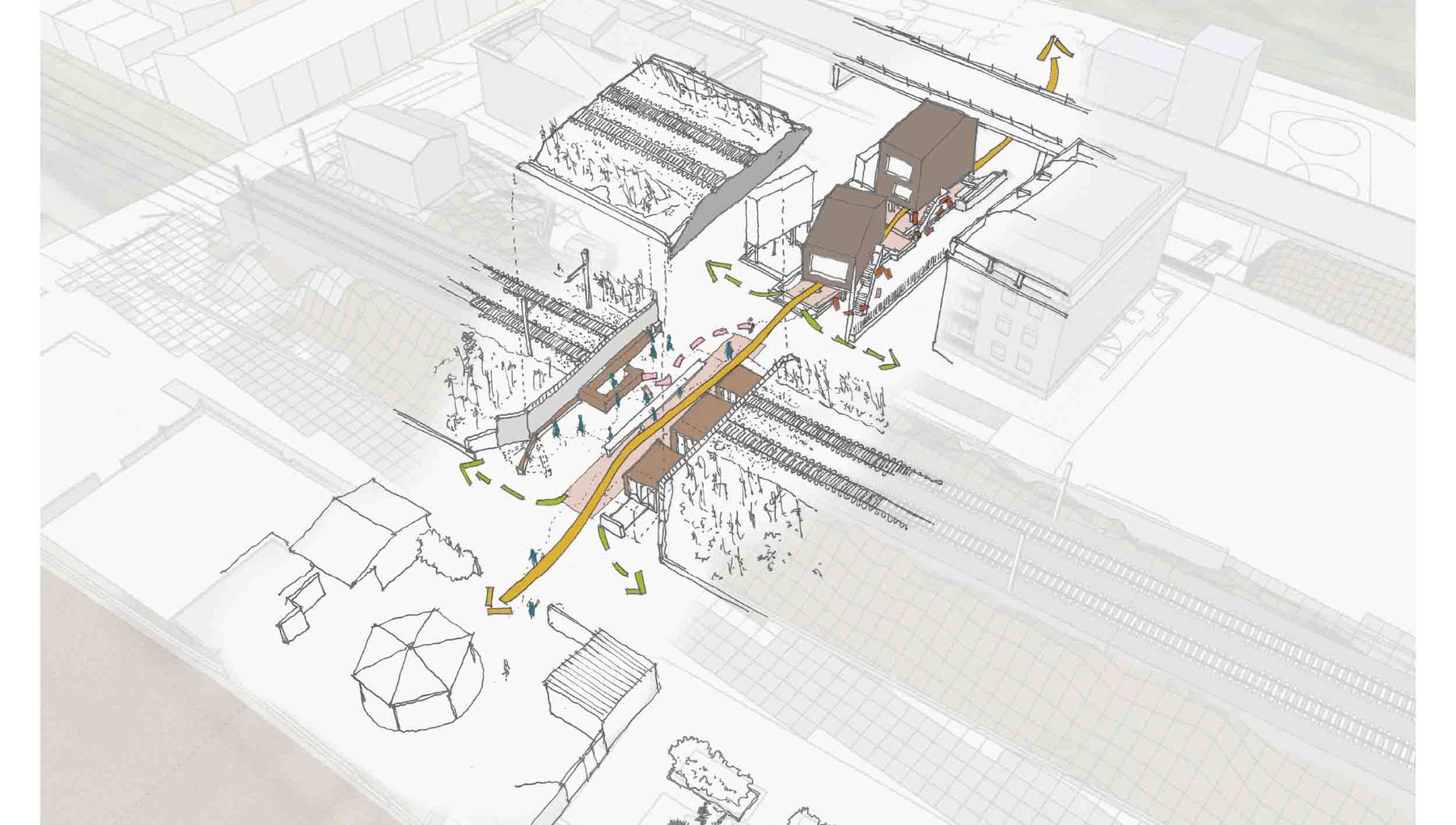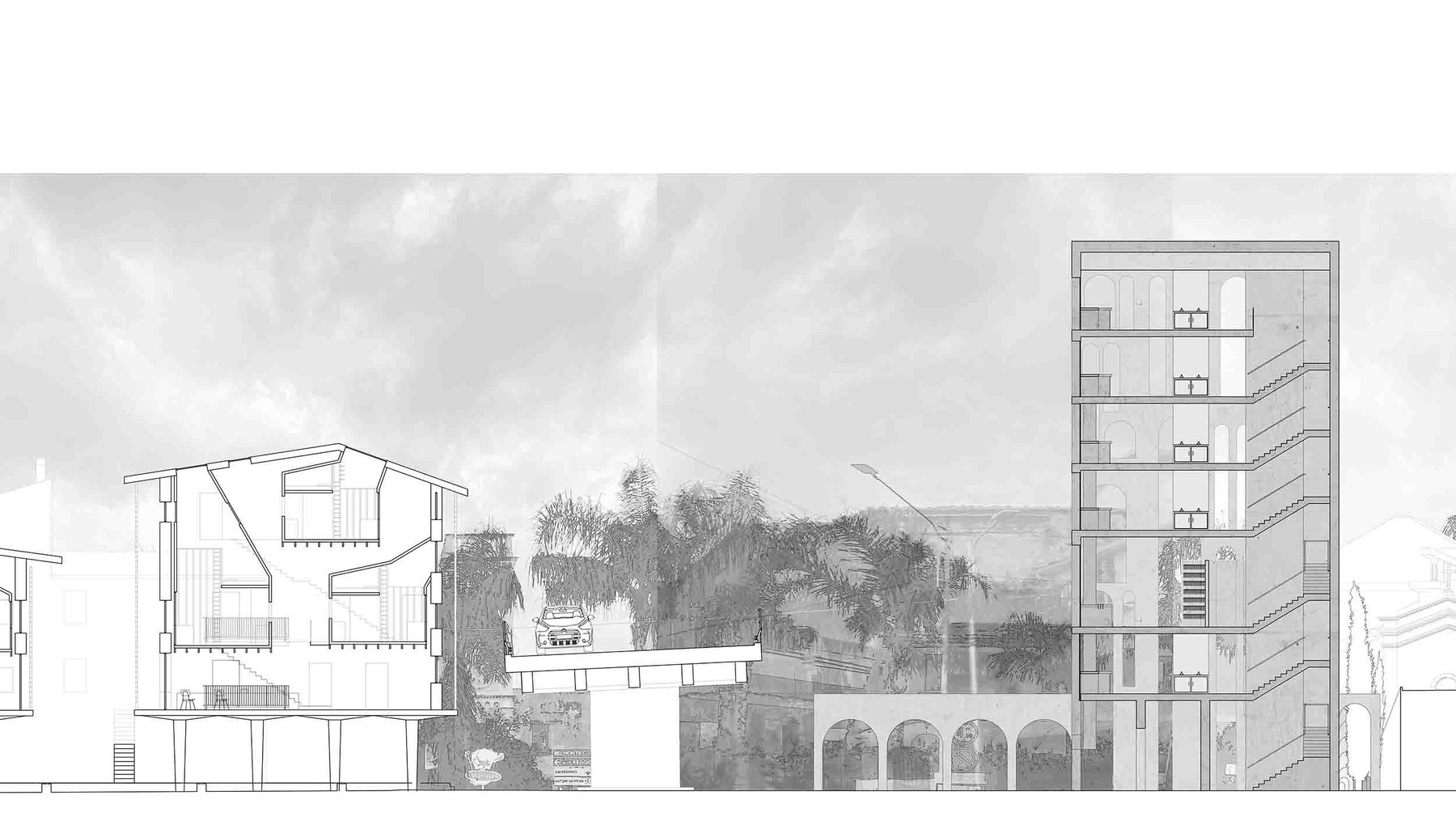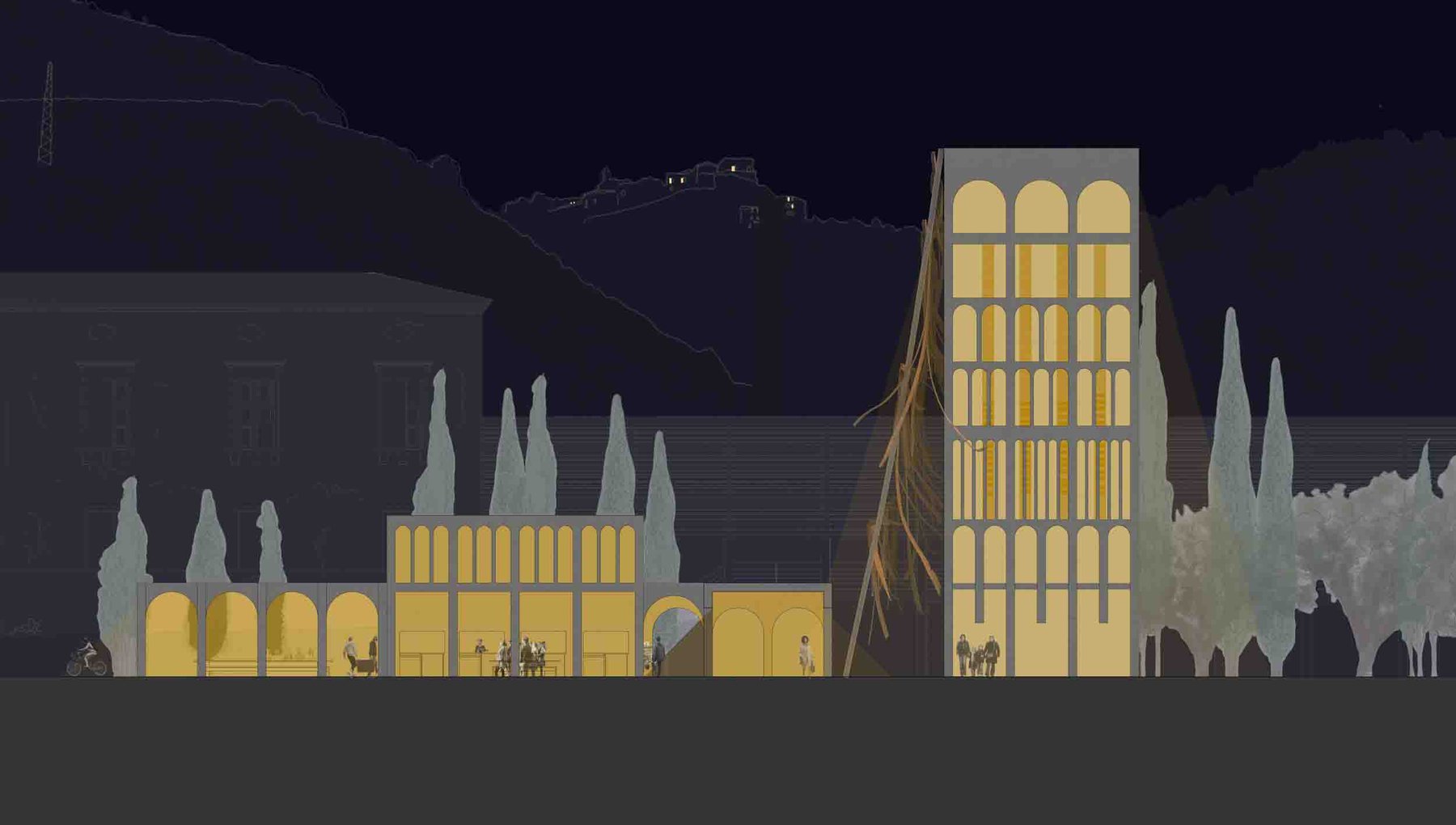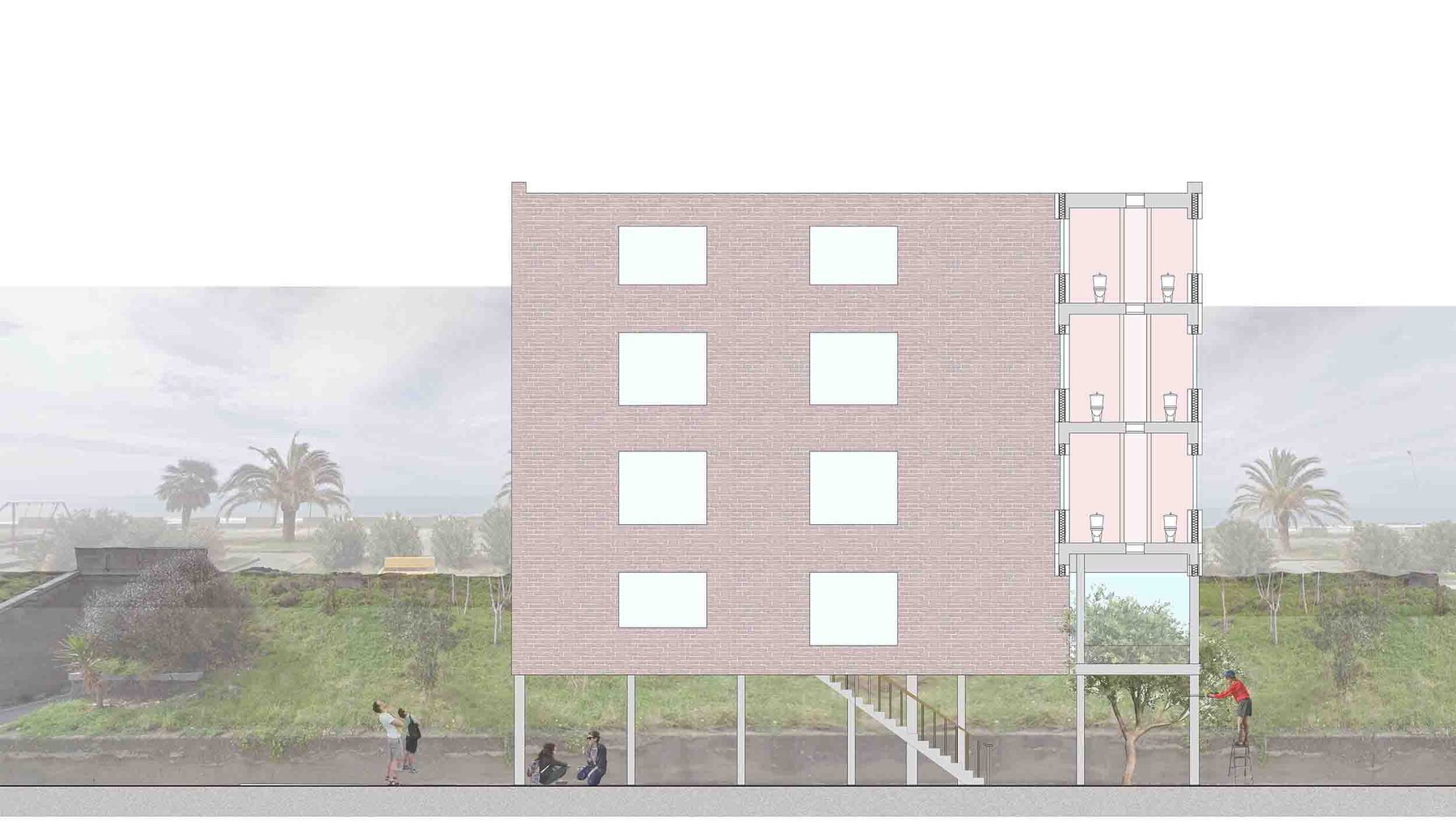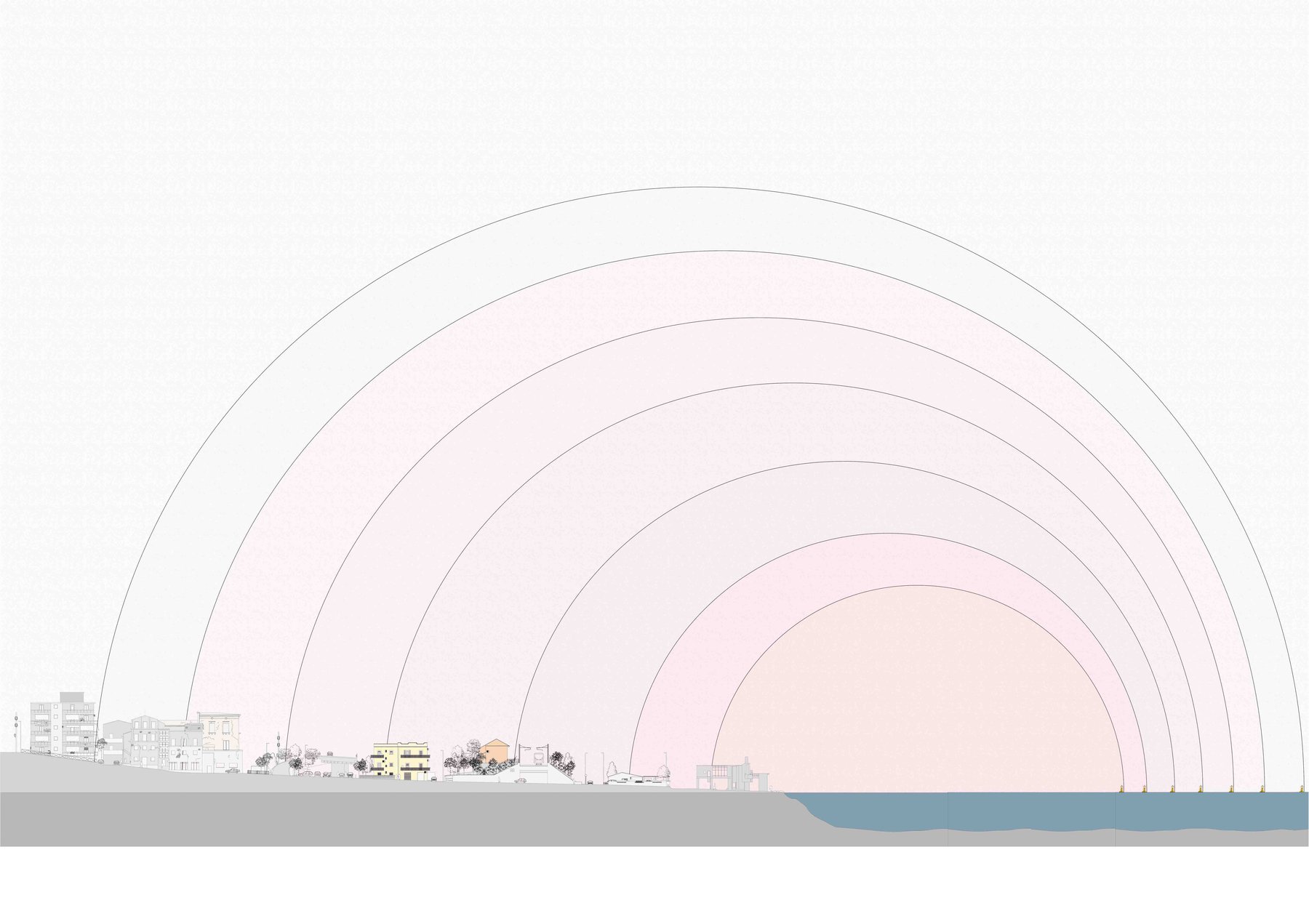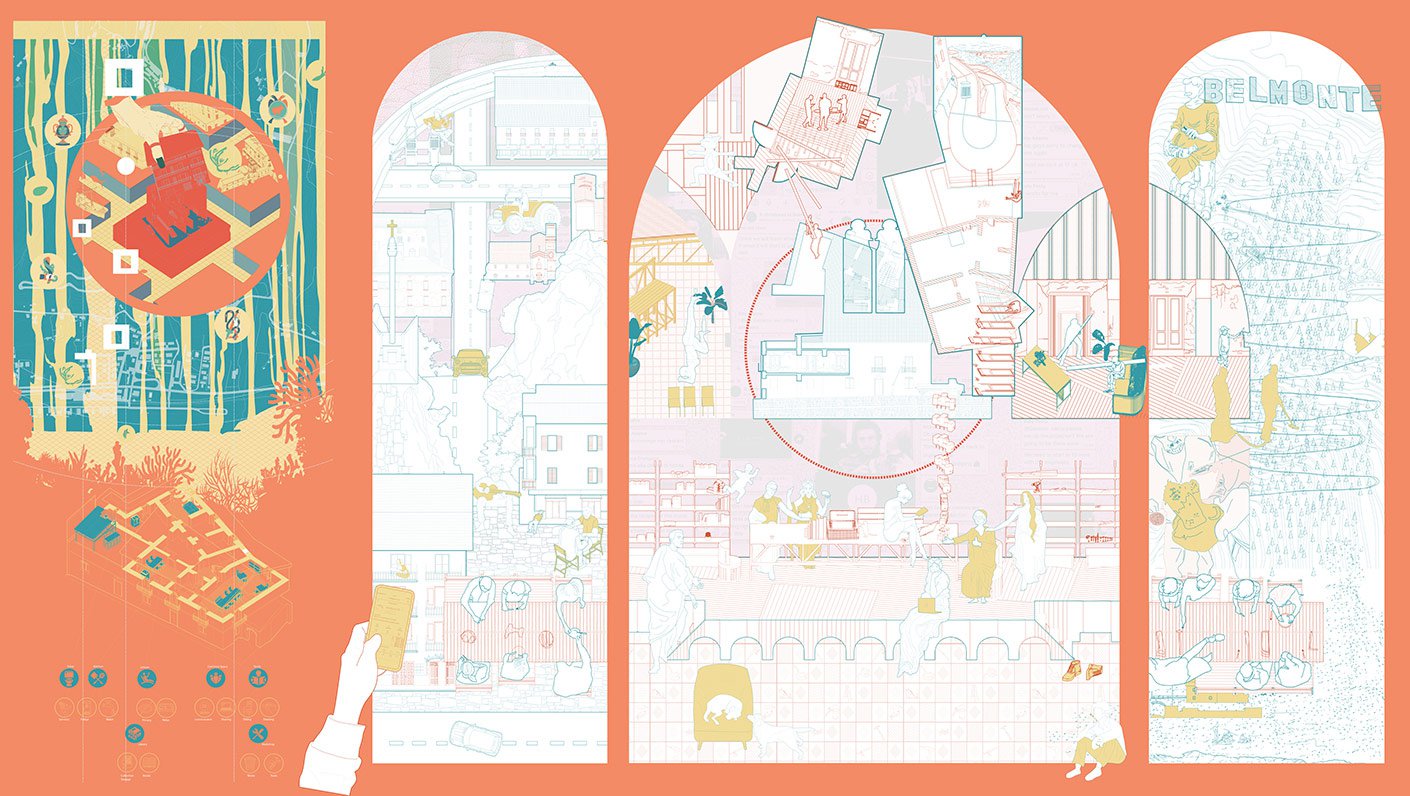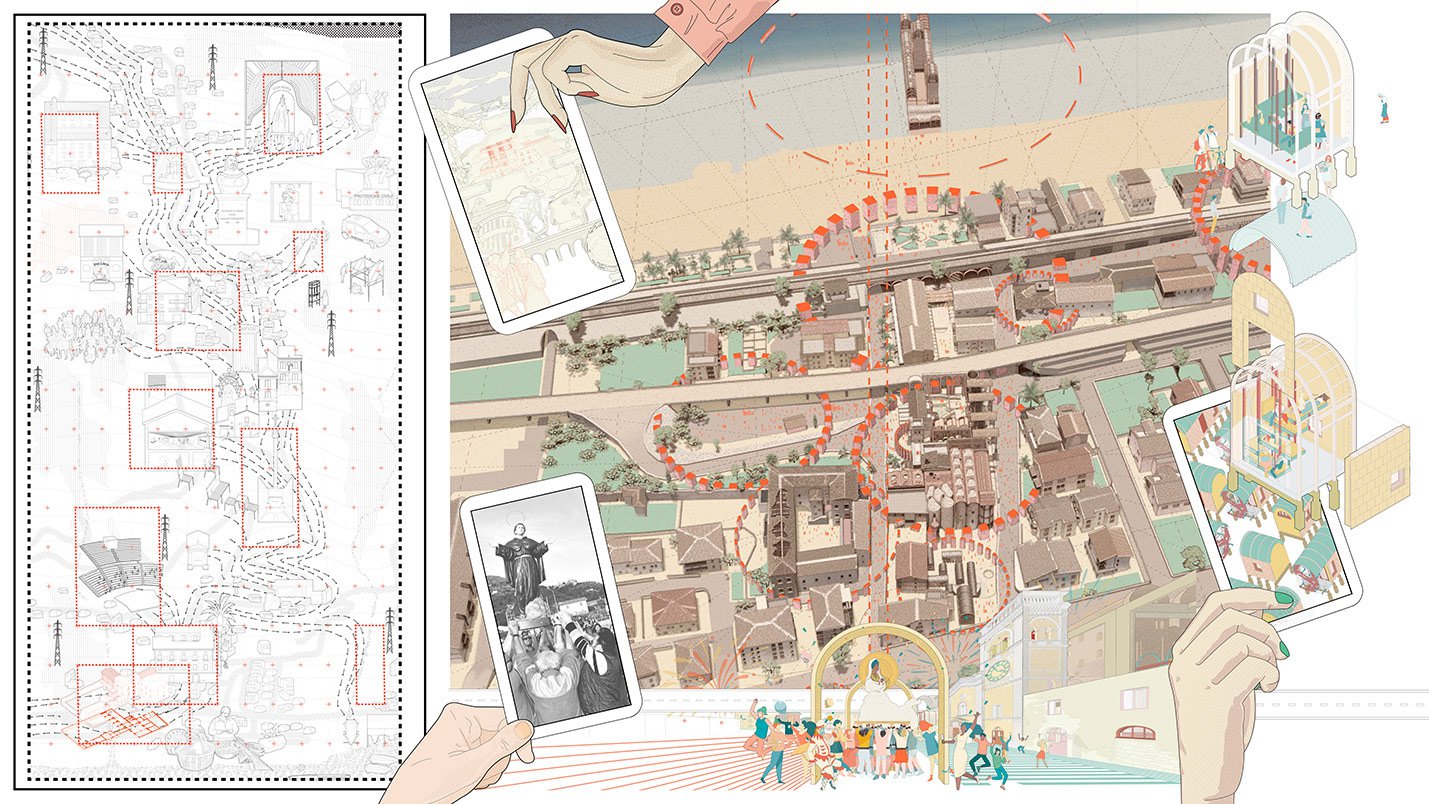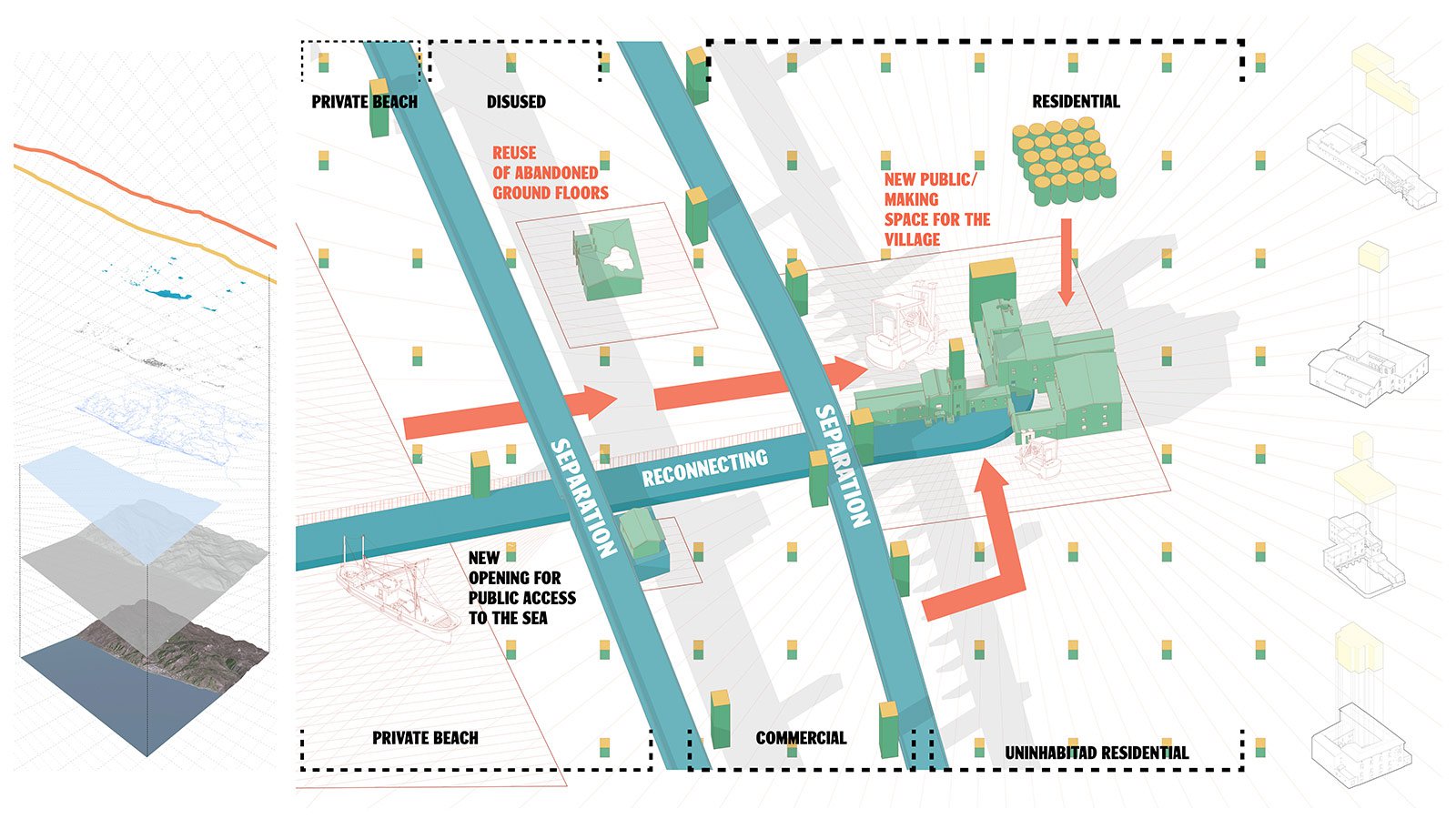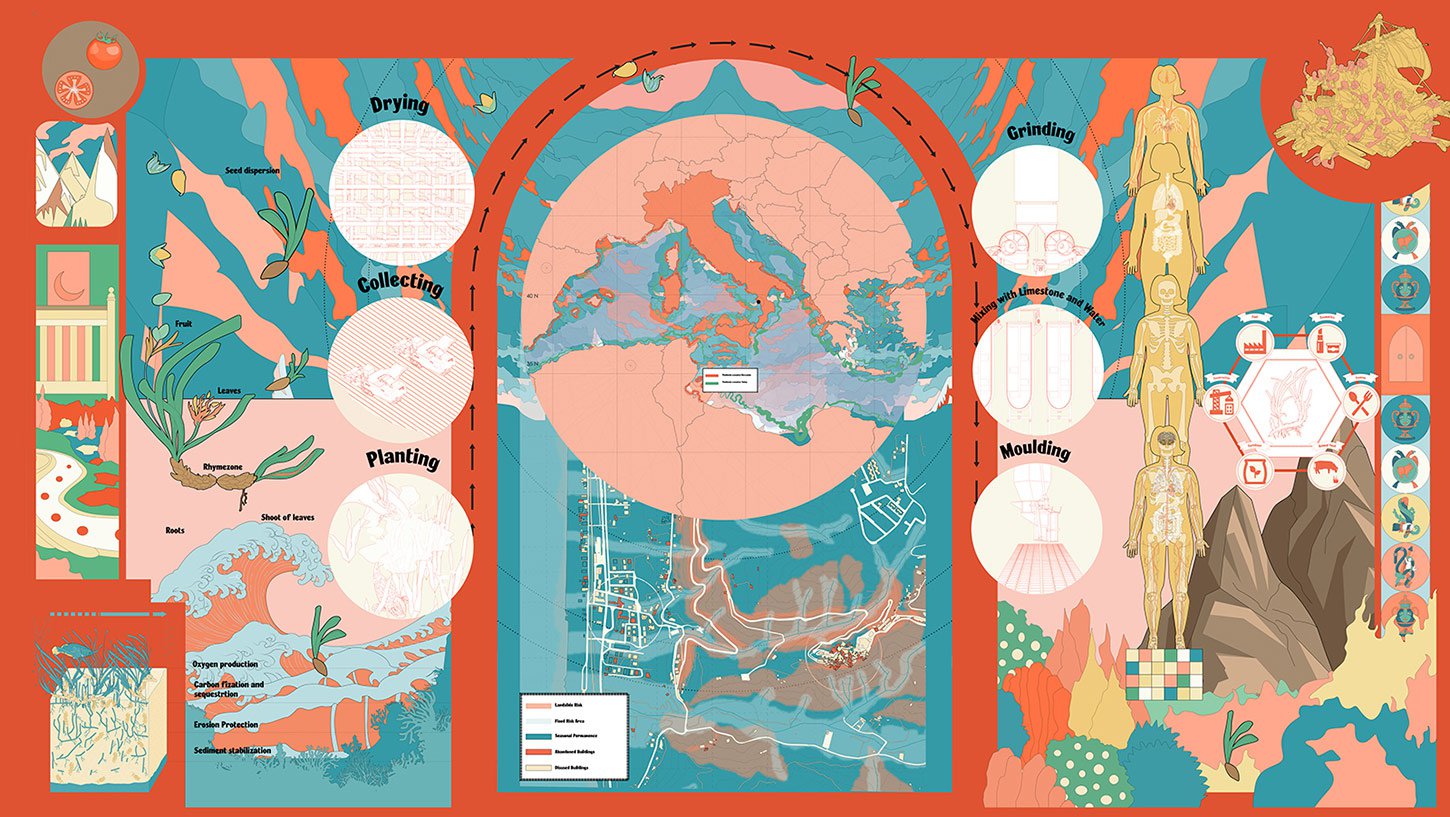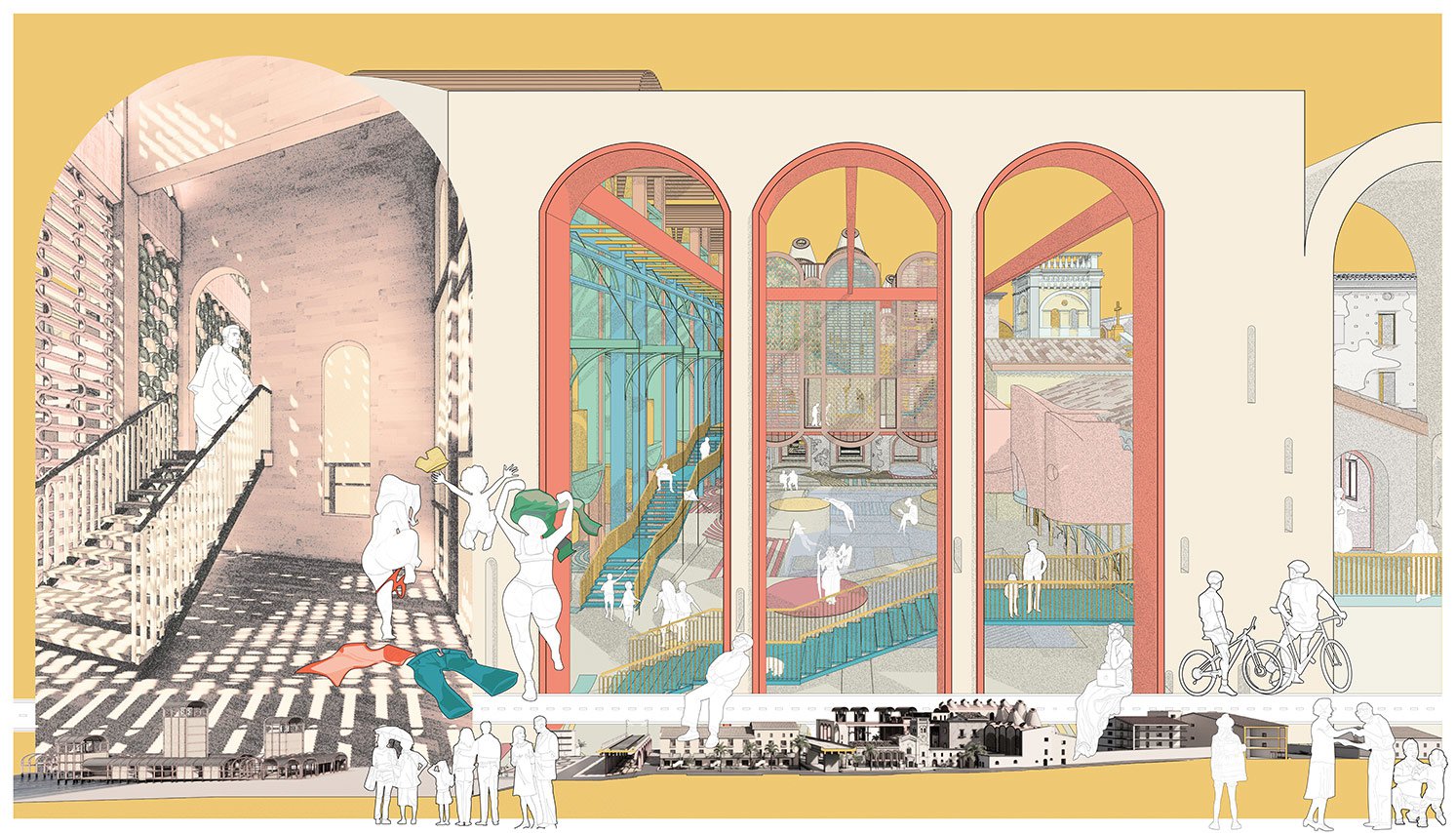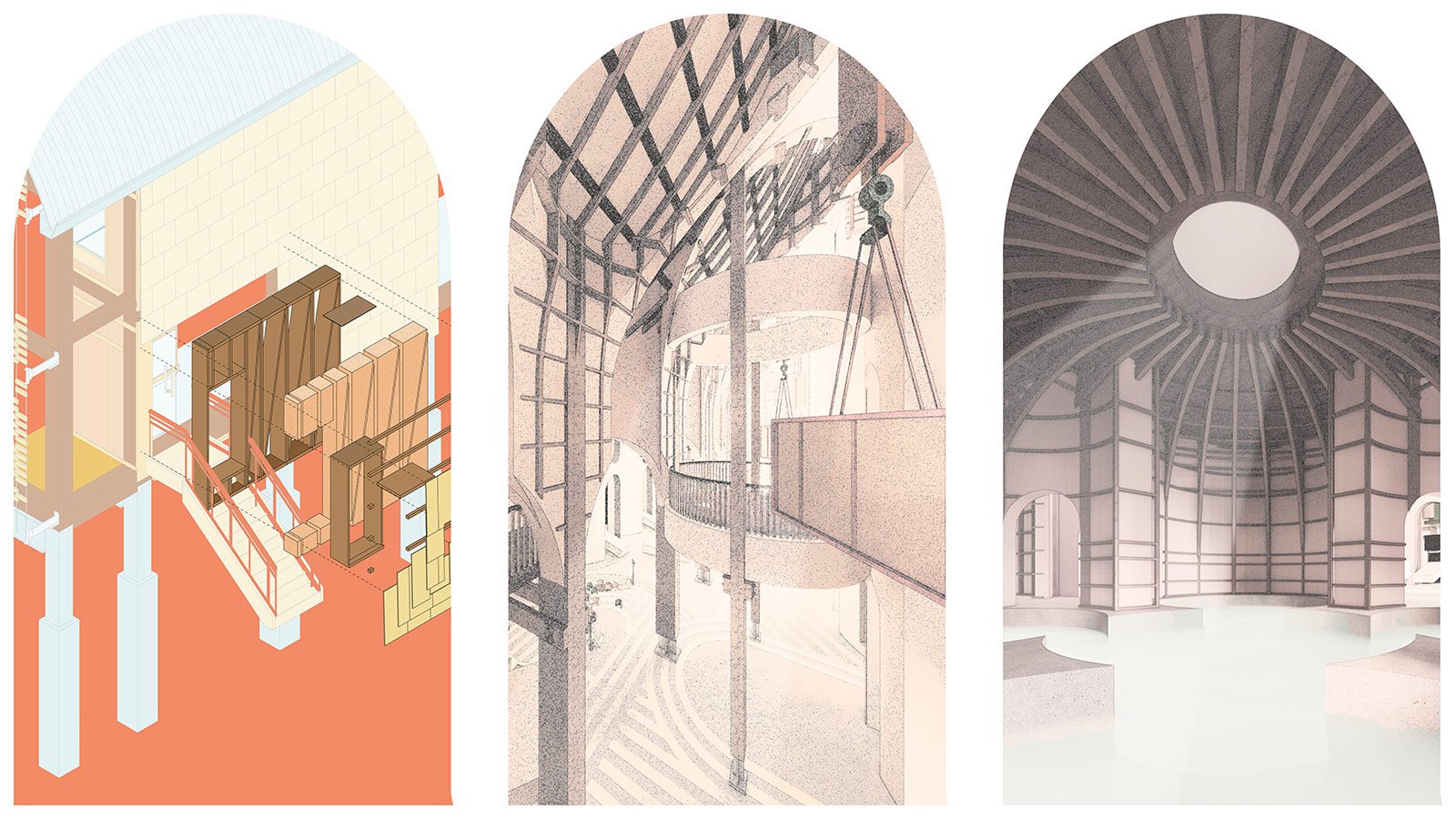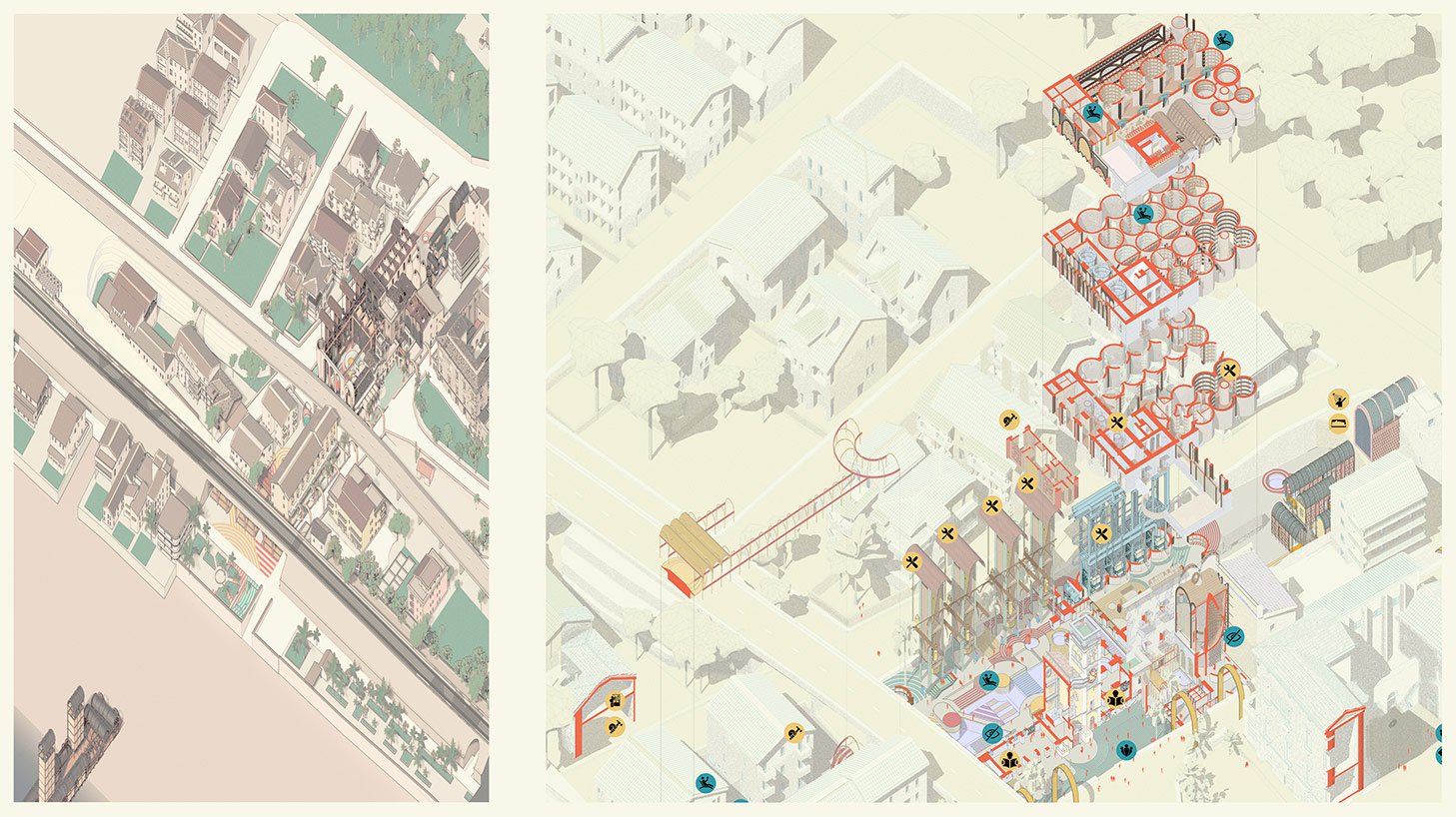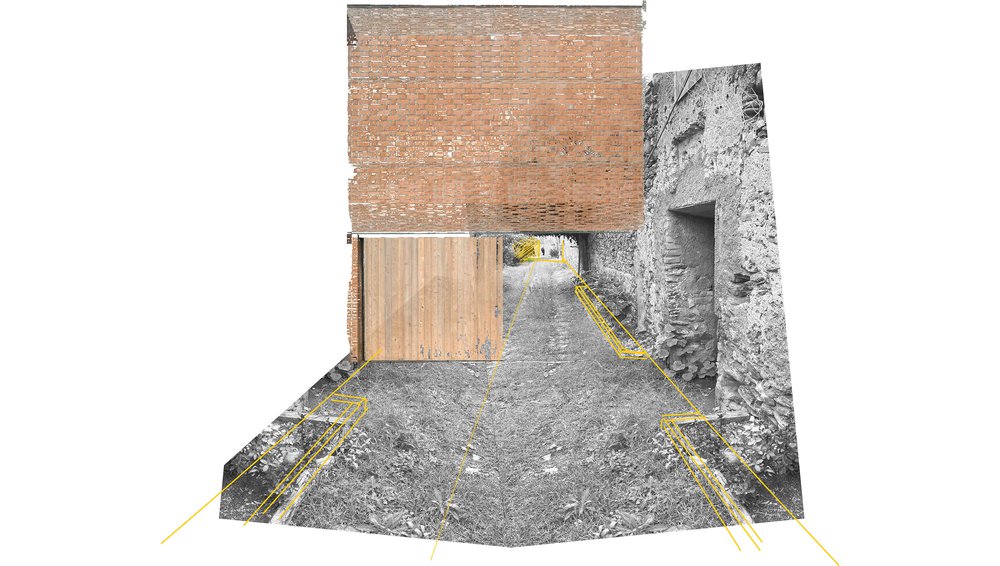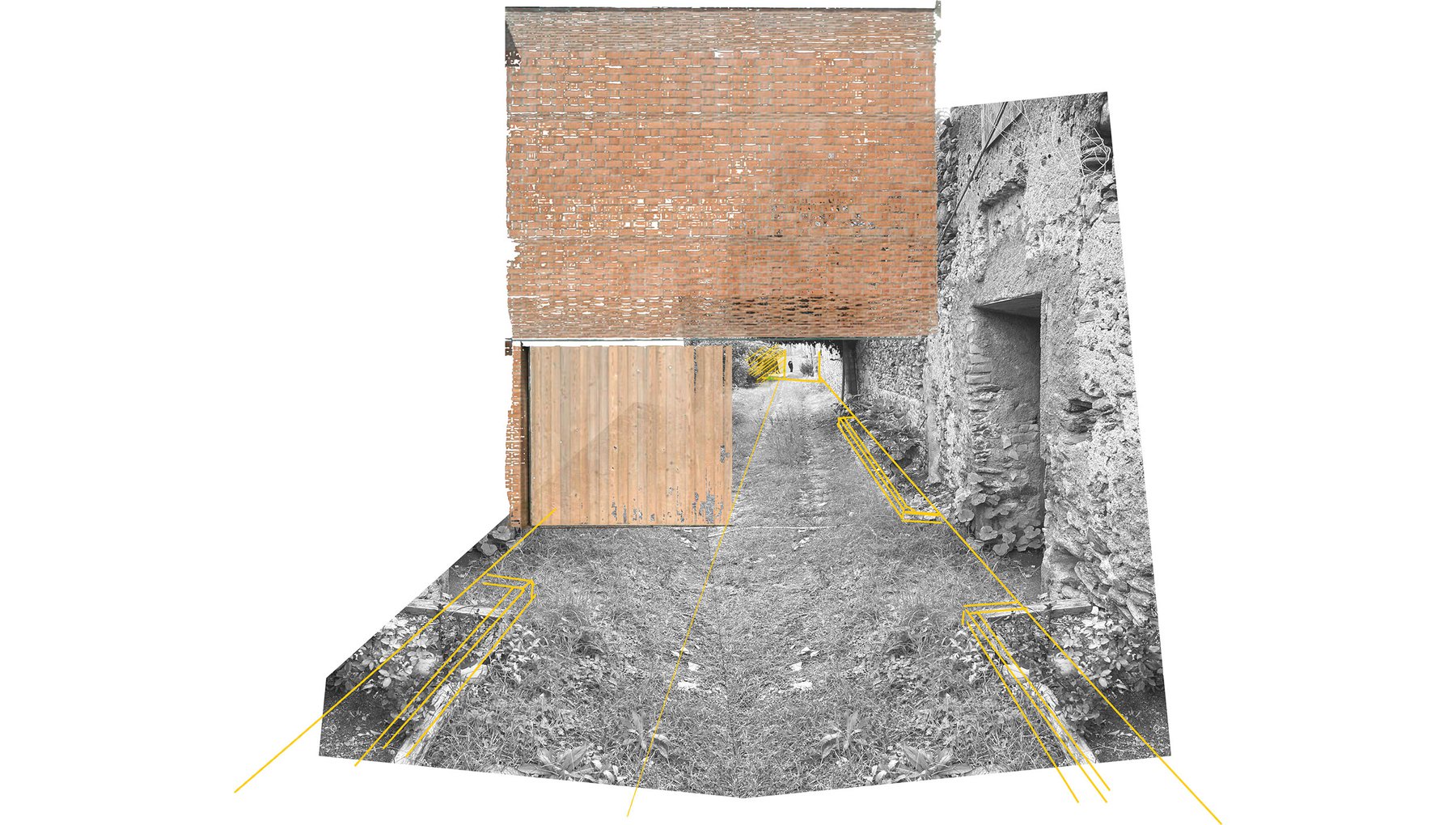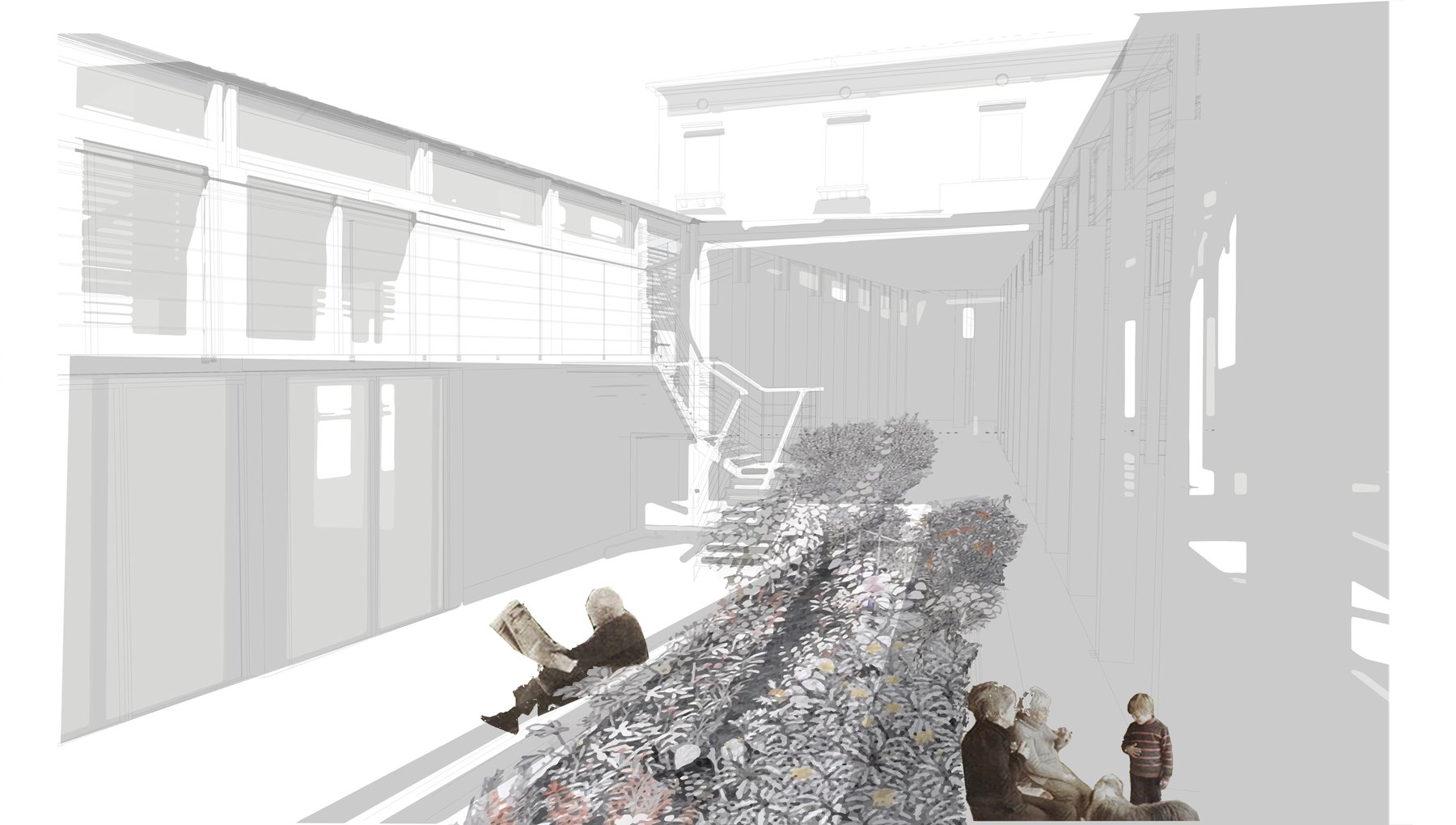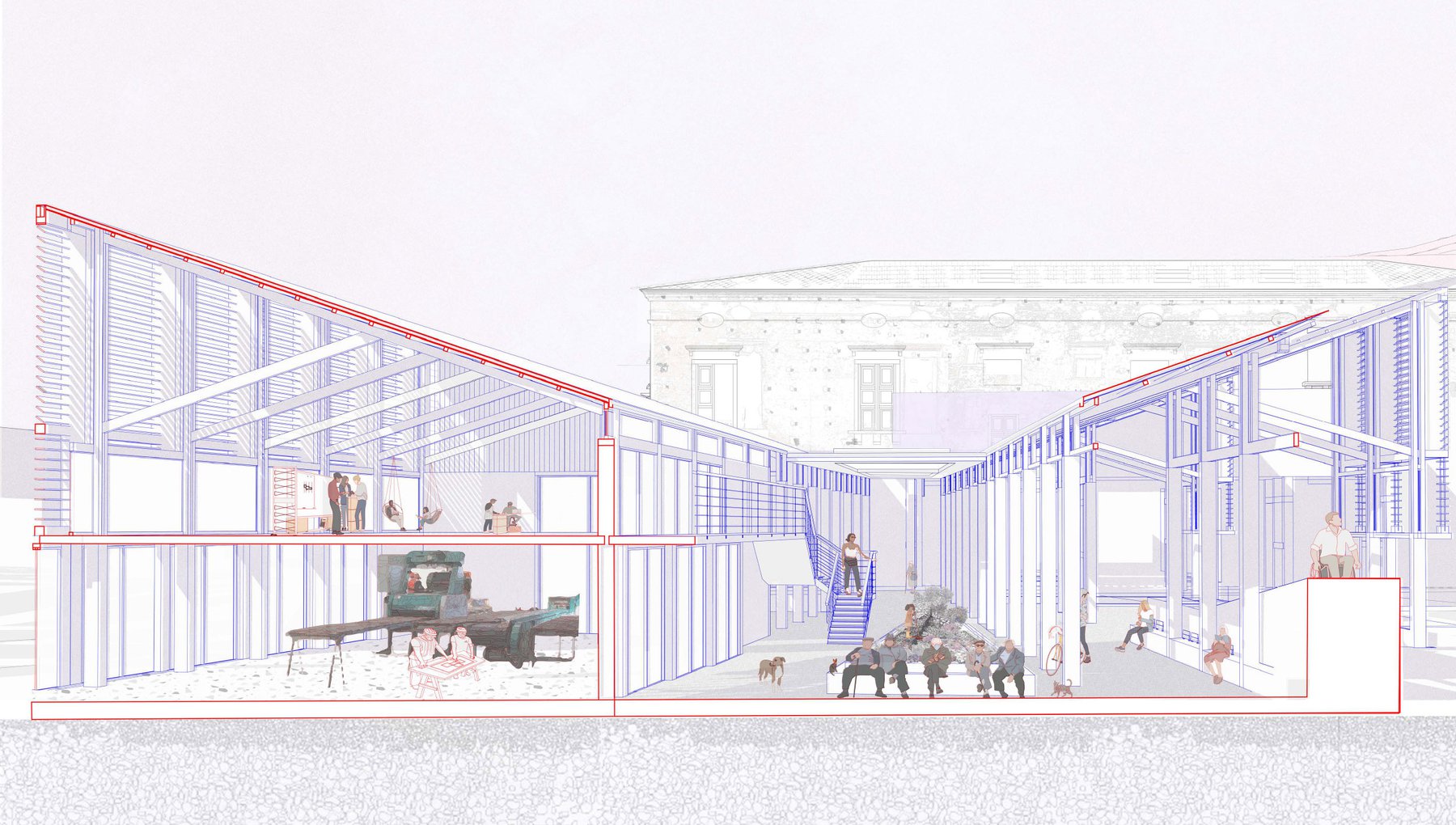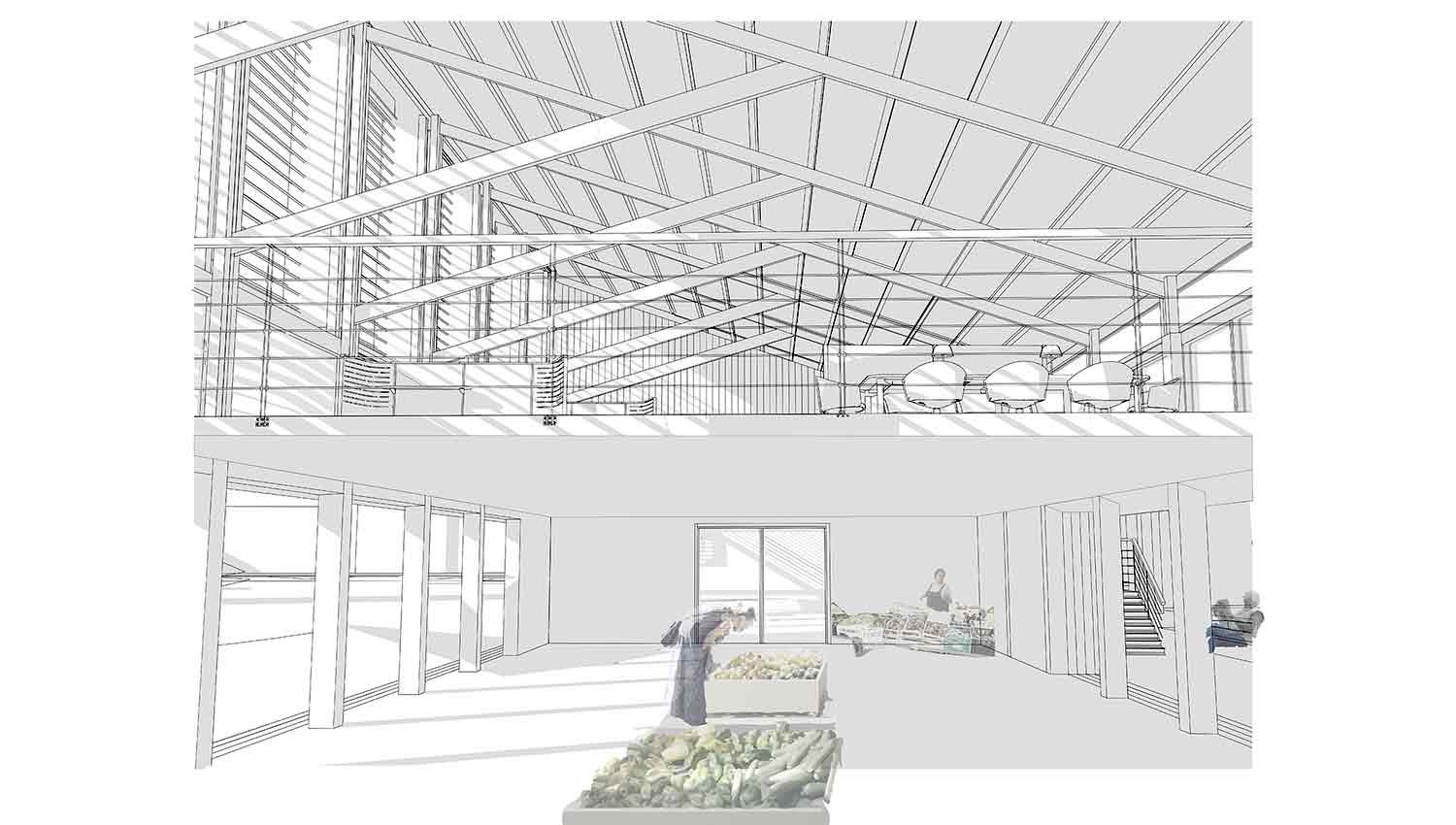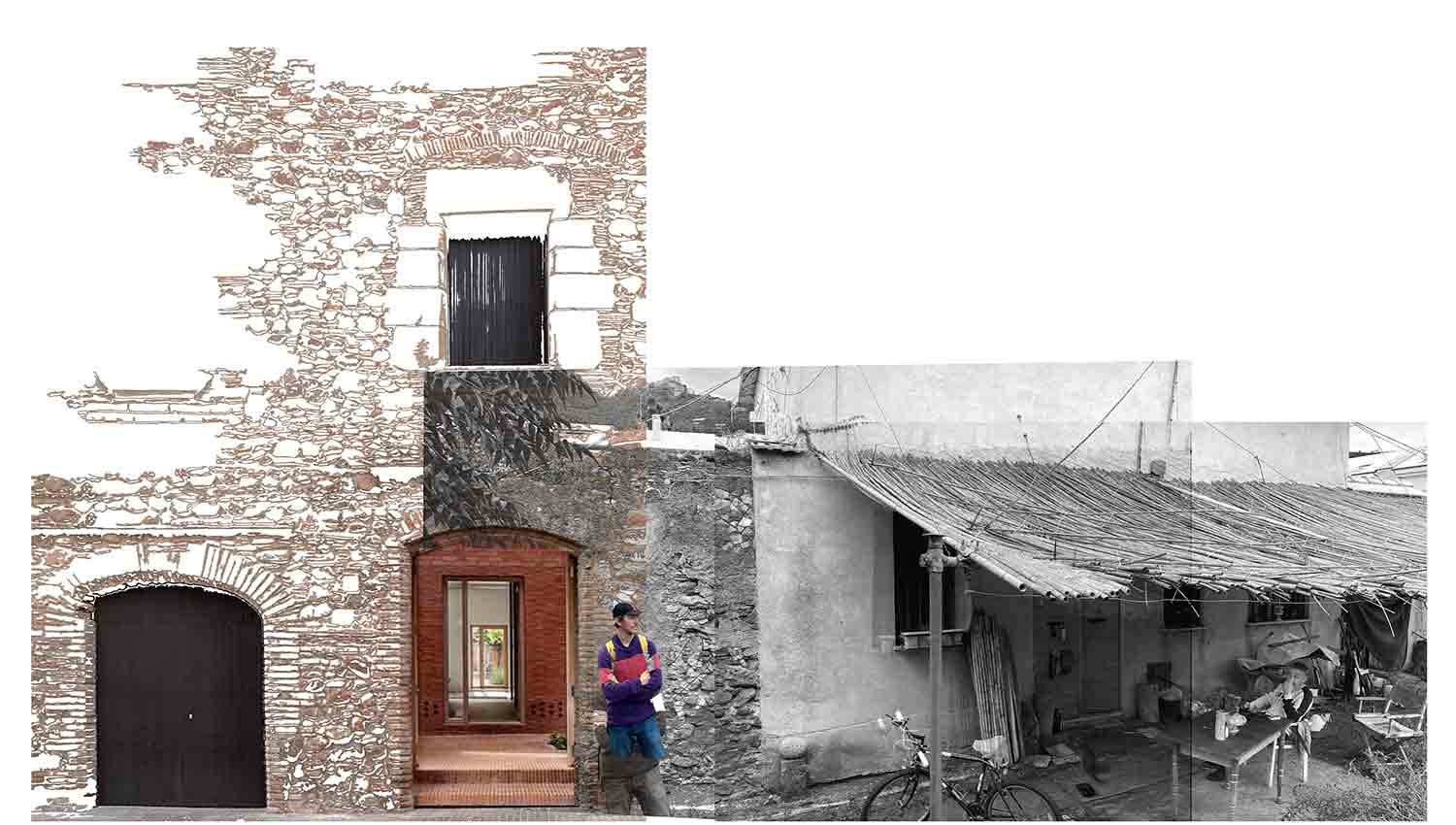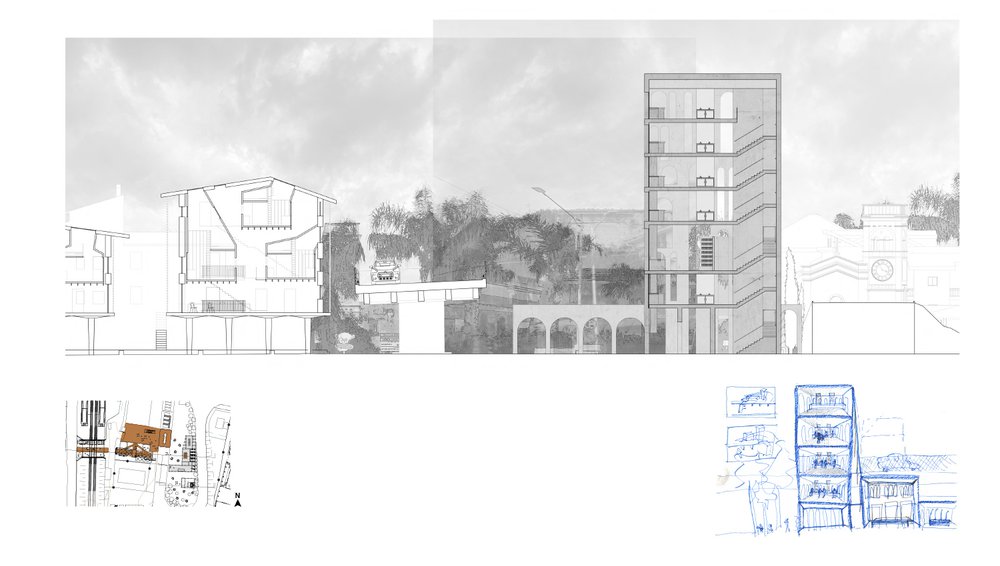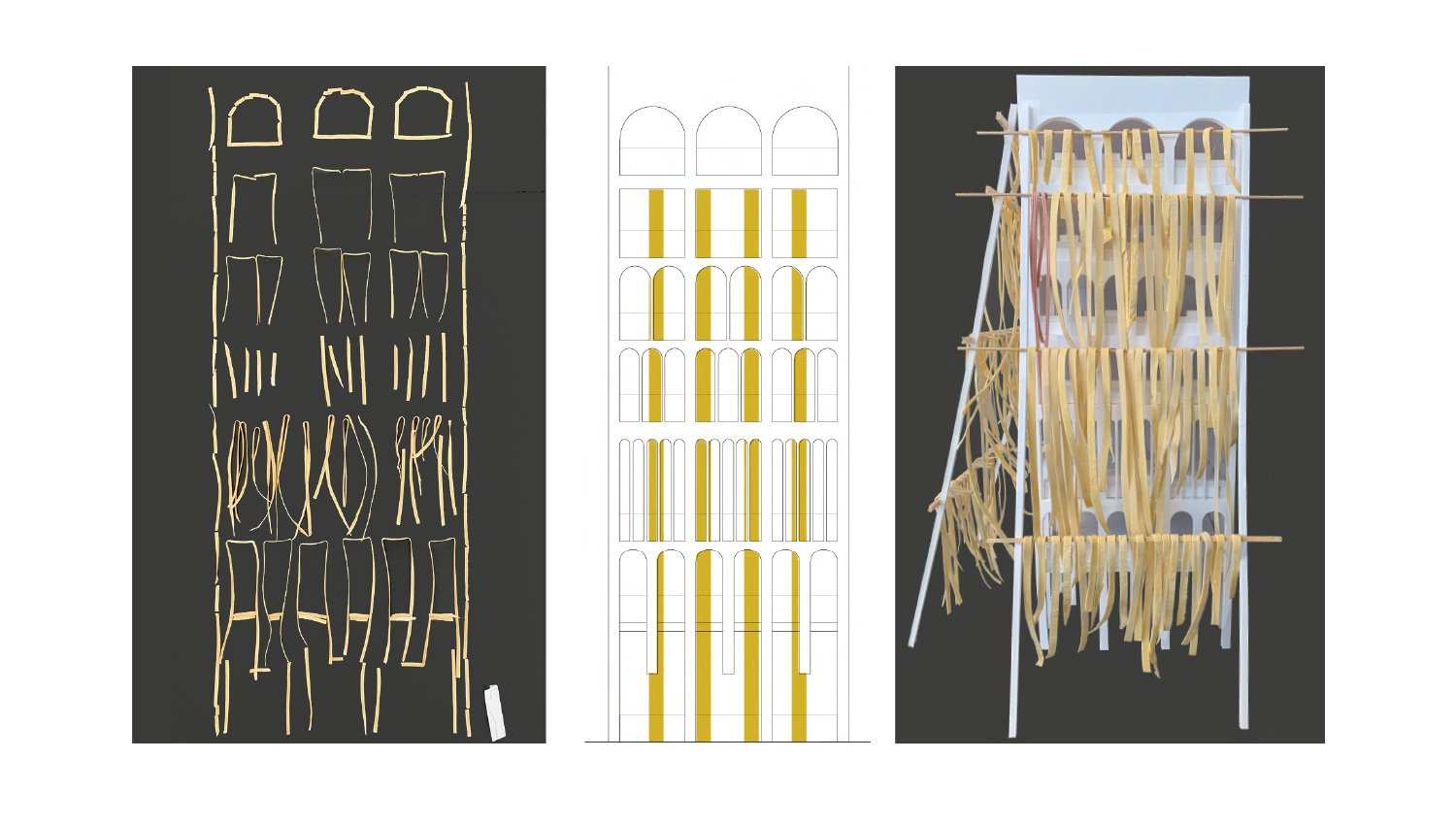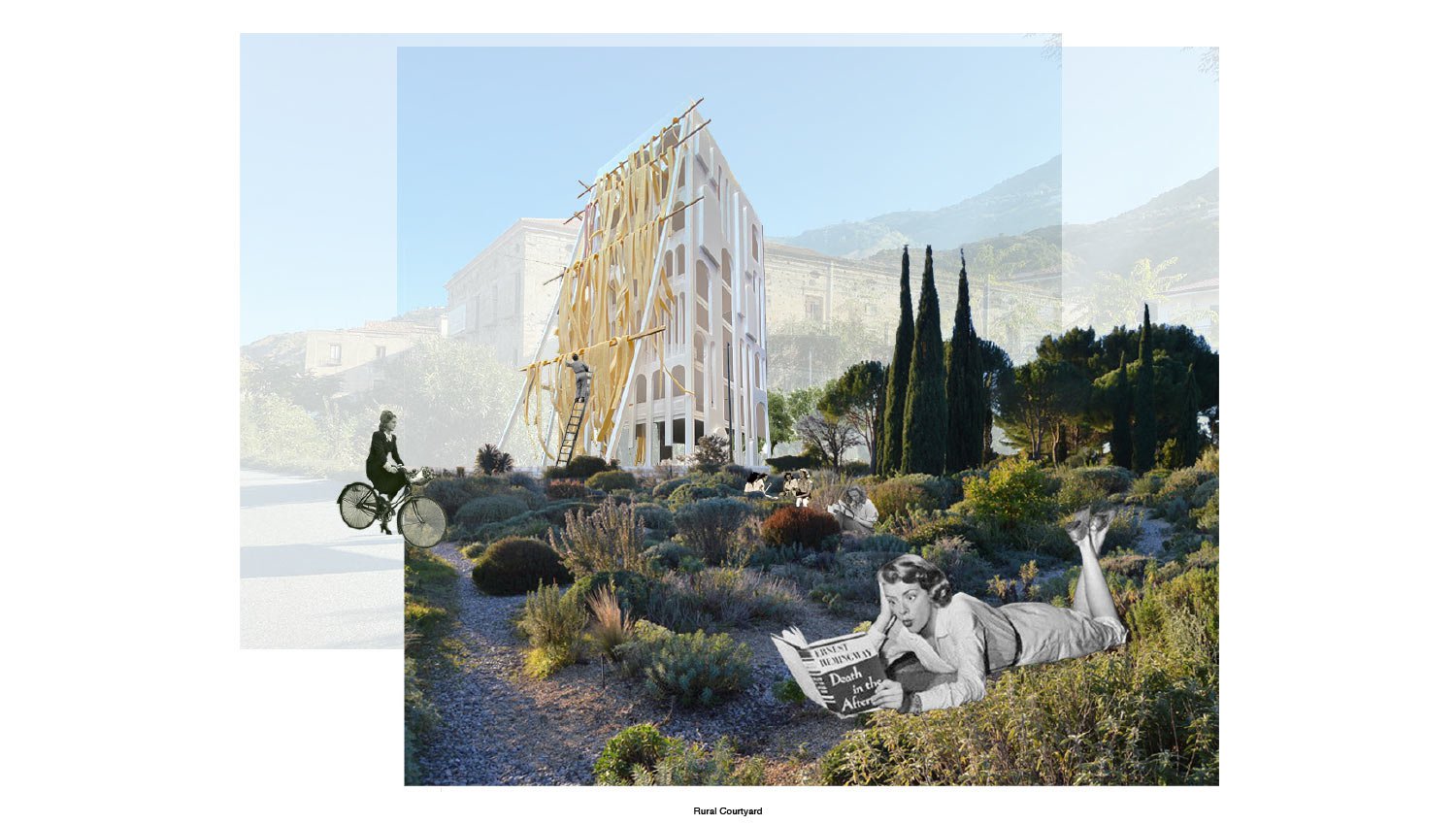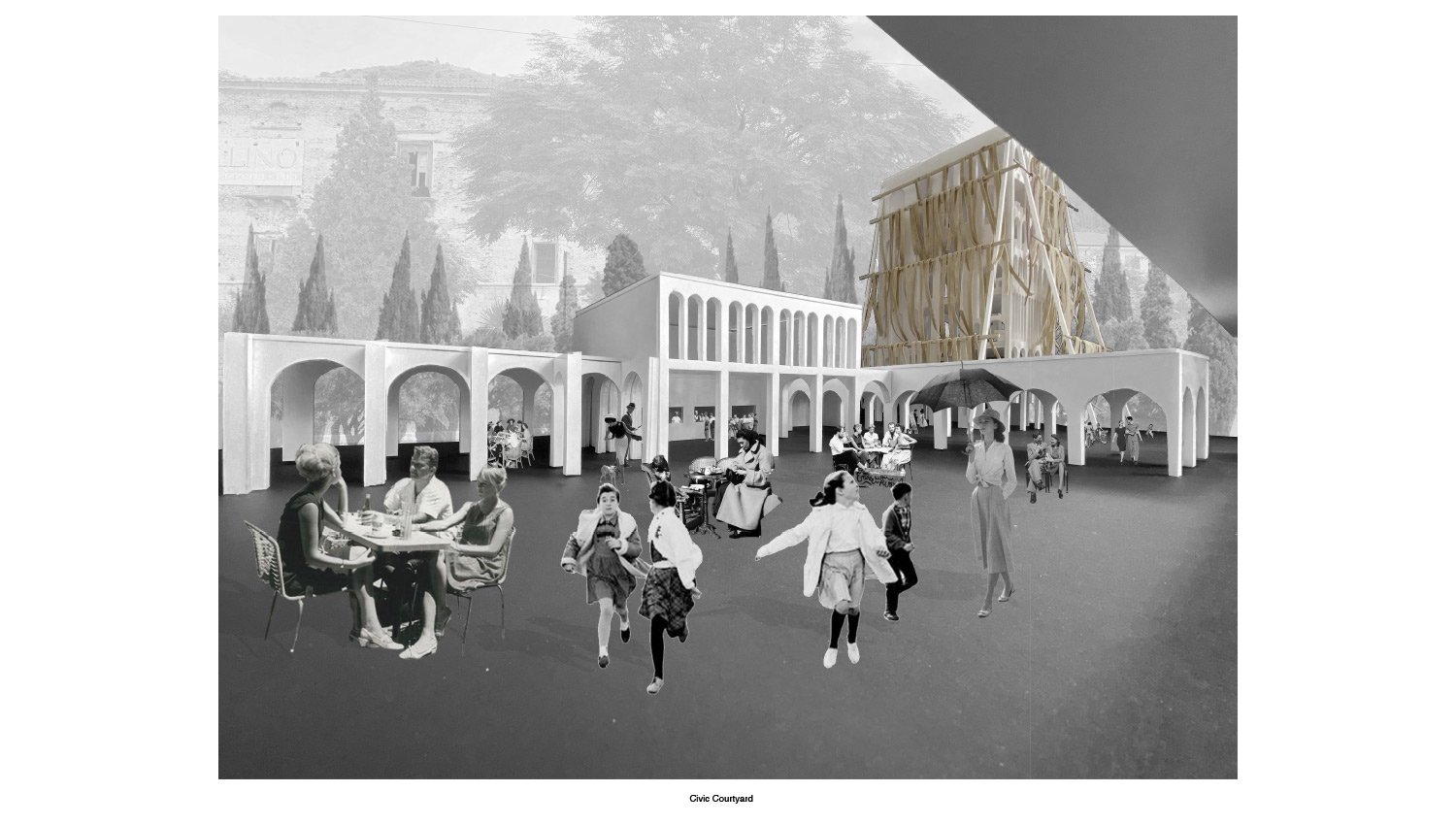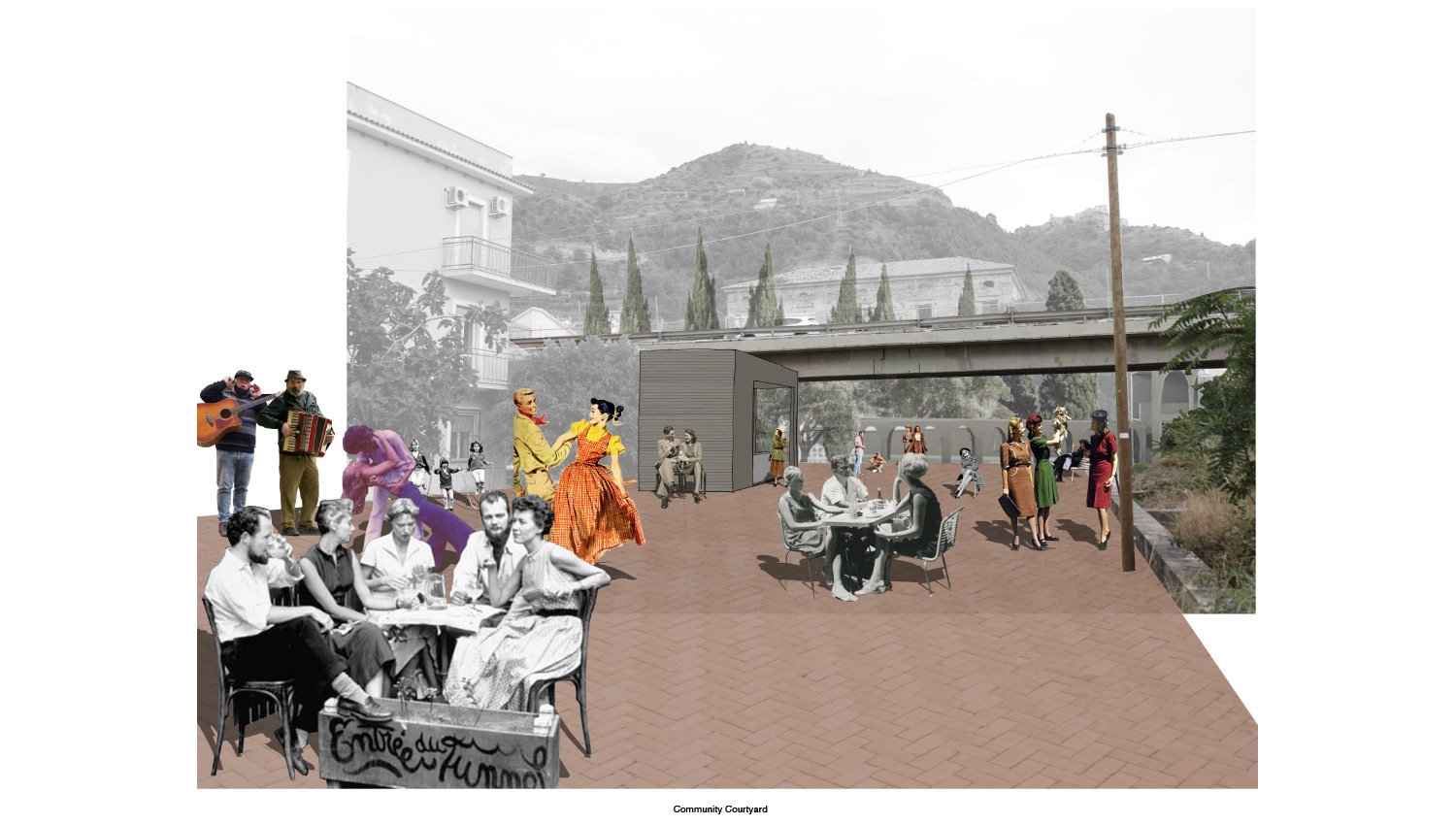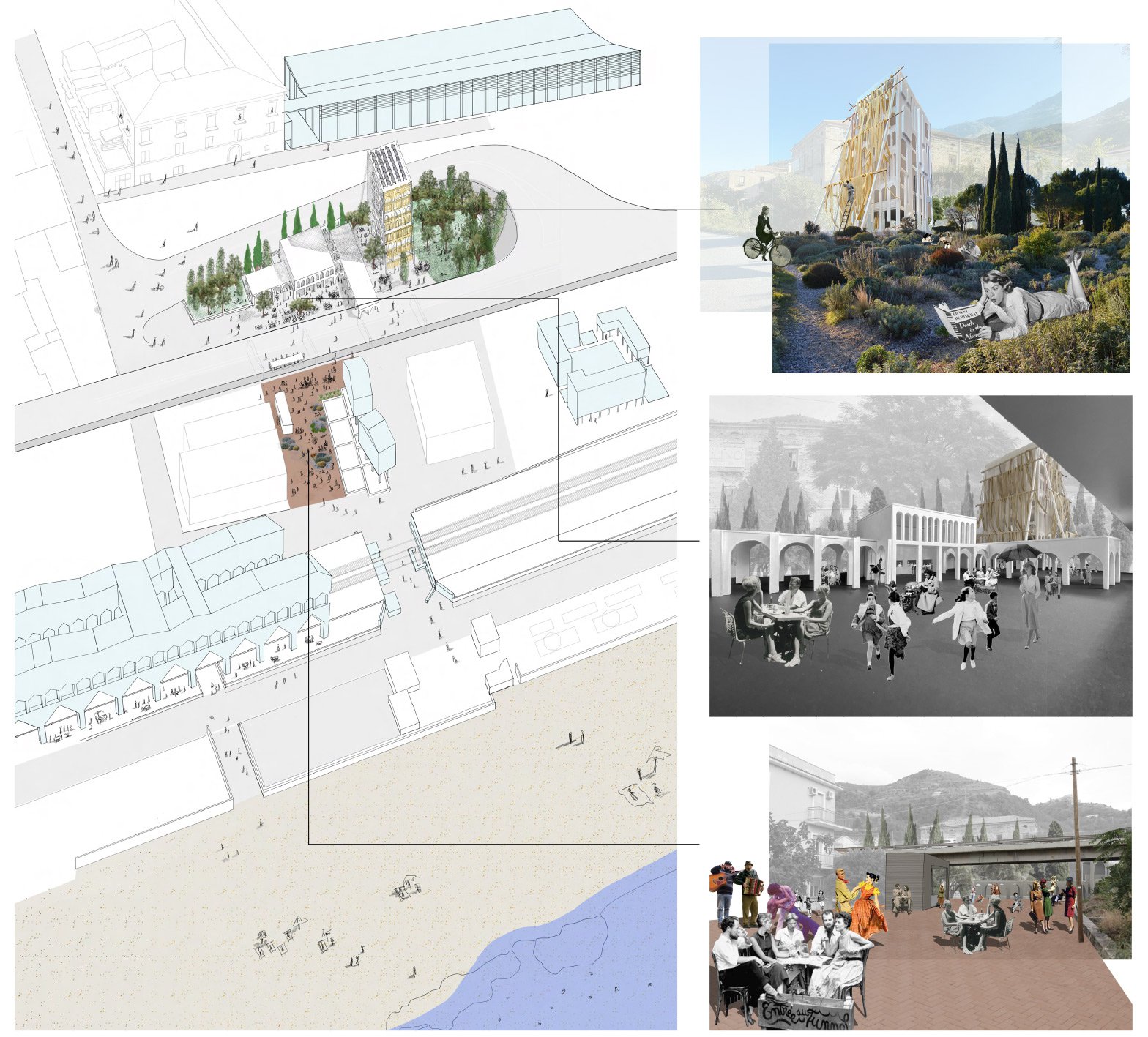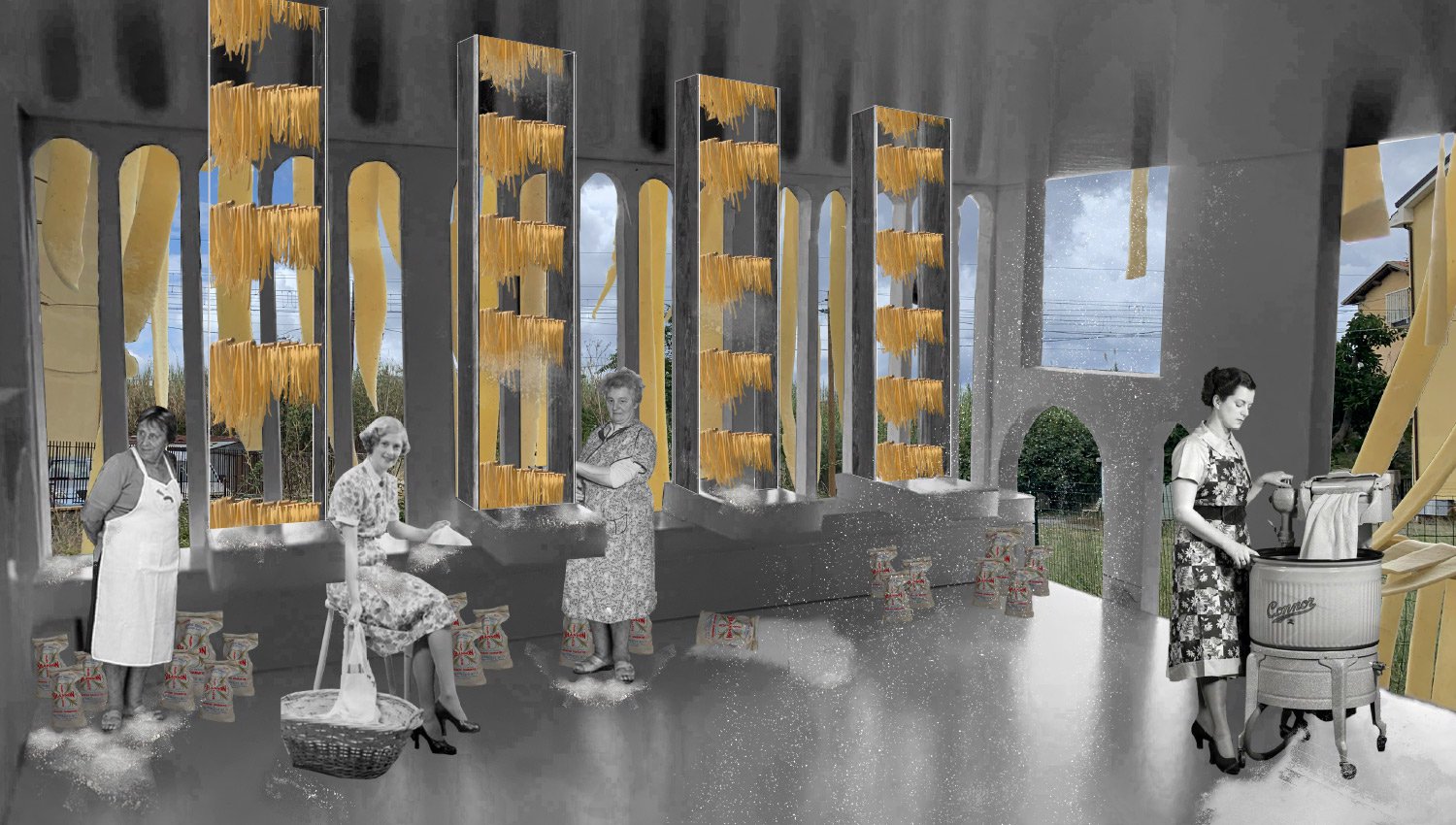Studio 03: Inhabiting, Thinking, Making
How will we live in urban cities and rural areas post-COVID?
Liveness 2021 (Archive)
Sandra Denicke Polcher and Jane McAllister
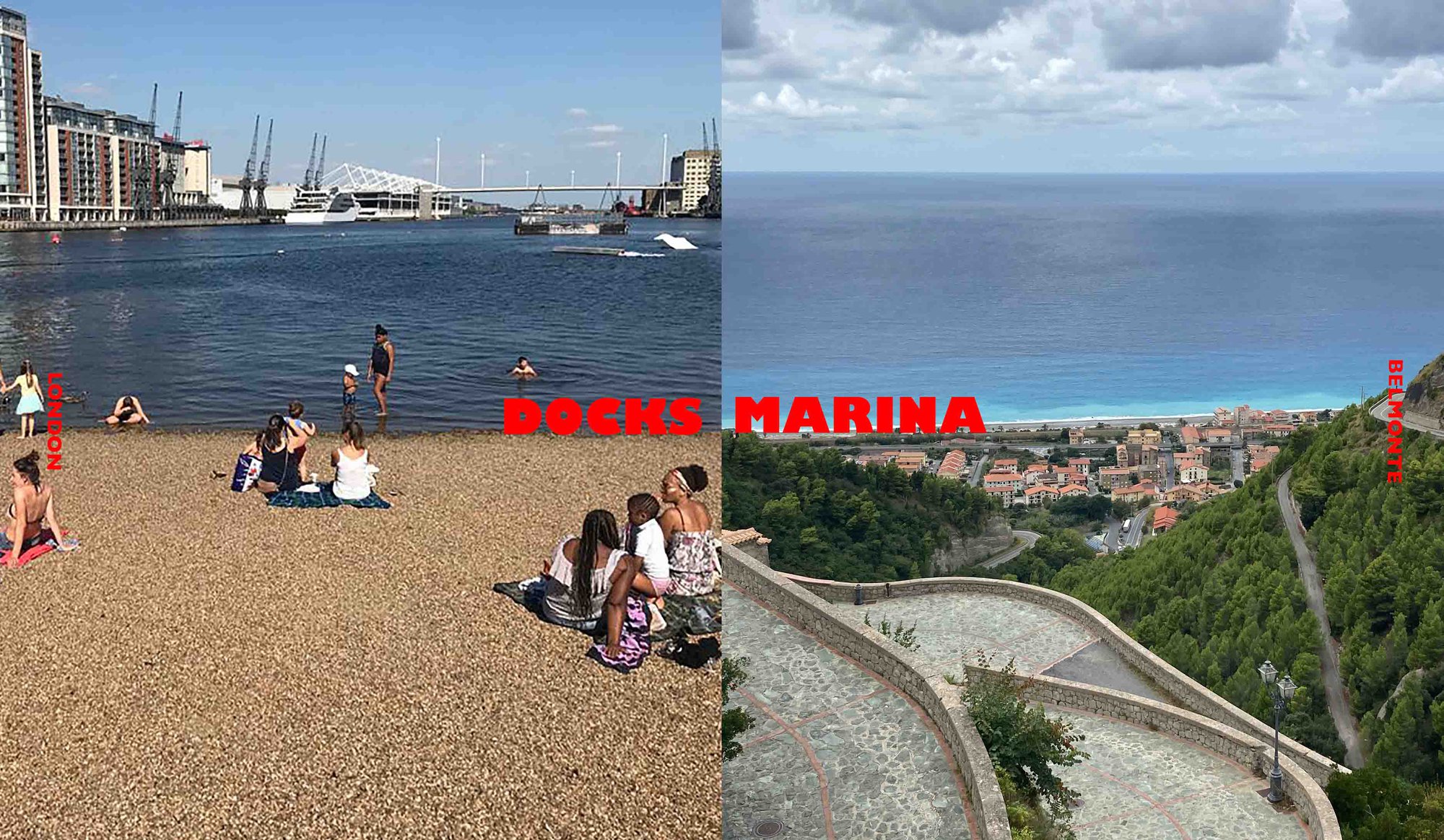
"Our bustling cities have been eerily quiet for months. It’s reminiscent of the post-apocalyptic horror film, 28 Days Later. For many cafés, pubs, shops and restaurants, the pandemic could be terminal, yet this is about more than jobs and tourism; it raises questions about the value we put on cities. Others cite London as a social, cultural and economic drain on the life of our country. They believe that declining big cities give us an opportunity to revive towns, to end the suburban commuter crawl, restore lost industries, embrace home-working and cut carbon emissions."
BBC4, 29.07.2020
Given the recent experience of the COVID pandemic and lockdown experience, we will explore the future of living in London and in a rural setting in Calabria, Italy. Many people, recently forced to work from home, have wondered why they are paying high urban prices for dense living conditions, if they could also live in the countryside and “dial” into meetings.
Belmonte: Calabria, Italy
The site is an important frontier for migrants and refugees from Africa attempting to gain access to Europe and also one for locals attempting to sustain their towns against the magnetic pull of the large cities in the North of Italy. The task of this project has been to make architectural proposals which initiate re-generation. This included us.
Due to the COVID-19 pandemic and the restrictions placed upon the infrastructures such as transportation and the University, as a group of 9 students we spent lockdown living and working together in an old house in Italy. We consider maintaining connectivity, physically and digitally, fundamental to our new ideas of living and working. By virtue of our community, slowly built up over the past years, we indulged in utopic ideas, finding respite in a live/work environment in rural Italy. The fresco drawing speculates on our love for sharing an old building that facilitates work and play. “E una citta dentro una citta” – a city within a city.
The South Learning program is facilitated by Rita Adamo with La Rivoluzione delle Seppie, in collaboration with the municipality of Belmonte Calabro, Ex Convento and Orizzontale.
Students Madalina Podgoreanu, David Ofori, Myles Albon-Crouch, Luka Morris, Ian Bugarin, Hannah Brueckner, Harry Breeden, Aikaterini Pitsi and Neil Palmer moved to Belmonte Calabro, in the south of Italy. Becoming temporary residents of Belmonte Calabro allowed us to get a deeper understanding of the site, local culture, habits and their traditions.
London: Docklands
A London specific inner-city site located at the River Thames, close to the Docklands. This formerly industrial area has seen rapid change towards dense urbanisation. It is now time to rethink if dense working and living schemes are the right future for some of the last open inner-city sites still left in London. With new social distancing measures, you will develop alter-native proposals to make our cities more liveable.
Studio outside the studio – Reflections on Studio South by Joe Douglas
The studio outside the studio also entails living in relatively close quarters within the town, where students almost become neighbours. The situation makes me wonder if this could be compared to a sort of student halls within the town, as the proximity and sharedness possibly brings with it a greater sense of unity many students begin to find and create during their first year of study. As third year students have more working experience, this becomes a really strong dynamic to have.
The student experience during this time was also a test, and required a collective organisation not too different from normal studio practice. However, co-living and working with other groups, something unique to the Belmondo experience and possibly difficult to attain in London, also brought new challenges. Sharing spaces, particularly with others who may not always require the same working conditions, (especially given throughout the entire day) meant extra organisation possibly not as necessary in the university building. “Booking” quiet rooms and scheduling zoom call projections becomes a large part of the success of the day.
There was constantly a question of productivity levels in comparison to the studio environment in London. Often it became difficult to measure or understand exactly why certain processes seemed different. I think a large part of it was the adaptation to a new living environment, more so collectively, and the responsibilities everyone has to one another. Undoubtedly much was learned during this period that can be taken into the students understanding of the needs of the people they are considering within their projects, but also for any future endeavours that require sympathising with these dynamics, for different contexts also.
Understanding the need to diversify the spaces in which you occupy became very apparent. Working and socialising in the same space everyday can be taxing. However, during this period, a smaller room detached from the main working room was made habitable by the other participants constructing the floor and furniture. Naturally, this required co-ordination and co-operation between all groups to not disturb and distract from each other (no power tools during zoom meetings) but certainly provided everyone with a greater possibility of spaces to work-in. These types of situations were somewhat frequent, but surely provided a stronger experience that everyone can relate and learn from. It was said the intensity of the period was unforgettable, however I understand that as students returned home to London, they also found this return comforting and possibly necessary as the academic year progressed into its final stages. Ultimately, it was a positive moment and hopefully one that can be repeated, seeking to extended the duration incrementally year by year.
I think when locals see people working in the Casa and living in the town as a larger group and for this extended period it makes sense for them to see. Much of the work and aims of all the collaborations for the project to date begun to manifest during these months, as a more intense period of co-working and co-living. Sometimes the sporadic or intermittent inhabitation of Le Seppie and its partners within the town may give the feeling of only temporality. I think this changed when the students stayed.
Seeing the extended occupation of working in the Casa may give a small glimpse into what the future for the Casa and even the town could be. During this moment what the locals witnessed was the first time they're had been an occupation of this format and duration. More so, the locals in some respects collaborate as part of this co-living (and for the younger inhabitants co-working) making the town possibly more foreseeable as a place of collaboration for anyone who wants to work, live and take interest in the project and its wider context.
Although both took place, during this period there feels like a shift from working “on” the Casa to “in” the Casa. More so given the extended nature of the students stay and particularly during the winter period also. Integration into the town through renting rooms and living spaces was an extra step also. The work of the students, although focused on Belmonte, are slightly separate from the works of Le Seppie and its other participants. Although overlapping, I believe the locals will read the students engagement this way and thus it is recognised the students are largely here for their own purposes. I believe this is a positive thing, because although the students work is focusing on the community within Belmonte, they are not directly working for the town. Thus, it really is their own choice to be here, something both pleasing and curious for the local community.
Explore our architecture courses
- Sandra Denicke-Polcher
- Jane McAllister
- Myles Albon-Crouch
- Harry Breeden
- Hannah Brueckner
- Ian Bulgarin
- Rathiya Chinniah Amuthus
- Karim Fahmy
- Luka William Morris
- David Ofori
- Neil Palmer
- Aikaterini Pitsi
- Madalina Podgoreanu
- Soufi Anas
- Tuen Staal
- Johannes Agboifo
- Ayda Albay
- Vitalie Caraus
- Baran Cicek
- Iwona Debowska
- Adryelly do Vale
- Hammaad Ejaz
- Amani Hafeez
- Christine Hewitt
- Yubin Kang
- Ismigul Khilyamova
- Dillan Maisuria
- Nicola Woon
